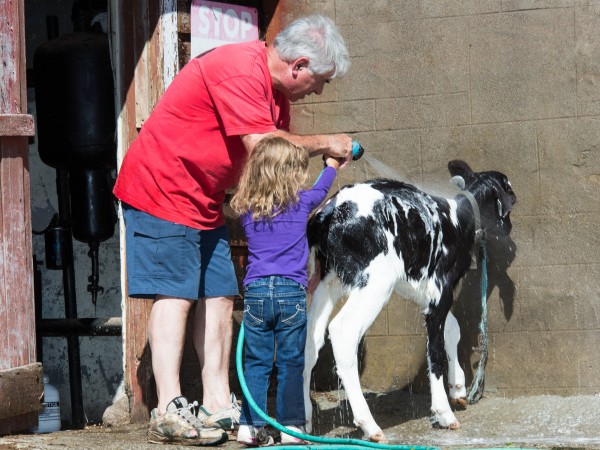All roads may lead to Toronto in November, but perhaps the journey now starts at the Supreme Dairy Show at St-Hyacinthe, Quebec. Overseas visitors should now consider taking the time to visit the event which occurs the week prior to the Royal Winter Fair.
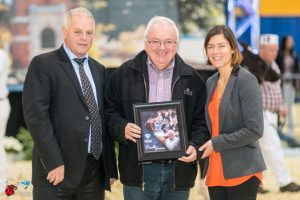
Bruce and Jenny present Russell Gammon with the International Friendship Award
The Supreme has developed within a few years from a Holstein Quebec event into a major all-breeds attraction. There is something unique about the show… it has a “Quebec” atmosphere; a different cultural identity – and importantly for the genetics industry; is a dairy show only. Arguably, the event is only going to develop further and grow in significance.
The Supreme Show has developed from 200 Holsteins into 750 entries from Holsteins, Red Holsteins, Jerseys, Ayrshires, Brown Swiss and Canadienne animals. There is the capacity to increase entries further according to show organizer Jenny Henchoz. “The new show ring facility and existing housing facilities will allow the show to expand further; possibly up to 950 animals.
“This year, we had cattle entries from the USA (Rivendale Farms, Pittsburgh) and in the new show ring building at the BMO Centre, we have created a dairy-hub. We can house trade exhibitor booths and kiosks close-up around the ringside. This helped create an atmosphere with lots of visitors in close attendance and clearly created a buzz of excitement throughout the event.”
The Board of Directors have a clear vision for the future and as to how to address the needs of Quebec producers; and the advantages of hosting a six-breed event. Almost 50% of Canada’s 11,683 dairy farmers reside in the Province, and the format included a sale of top quality animals. There is undoubtedly a need for a specialist dairy event within Quebec and Canada, encompassing dairy cattle, the trade-industry and importantly, knowledge, technology, and education. (Read more: Russell Gammon Honoured with International Friendship Award at Le Supreme Laitier)
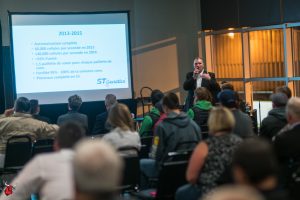 The event also included a Friday evening Cocktail and Genetics session hosted by Sexing Technologies on the development of sexed semen and the increasing advantages Sexed Ultra technology is having on dairy programs within Canada and the USA. The comprehensive session included a panel of speakers; tested by questions from moderator Andrew Hunt of The Bullvine. (Watch recording – STgenetics Canada Present’s GENETICS INVESTMENT OR EXPENSES?)
The event also included a Friday evening Cocktail and Genetics session hosted by Sexing Technologies on the development of sexed semen and the increasing advantages Sexed Ultra technology is having on dairy programs within Canada and the USA. The comprehensive session included a panel of speakers; tested by questions from moderator Andrew Hunt of The Bullvine. (Watch recording – STgenetics Canada Present’s GENETICS INVESTMENT OR EXPENSES?)
JEFO CONFERENCE AND TOUR
The global dairy industry faces the same challenges; no matter the market conditions. As dairy cow milk production increases and herds continue to increase in size, this situation presents continued challenges such as animal health, nutrition, fertility, and reproduction.
St Hyacinthe-based specialist nutrition company, Jefo, hosted an excellent conference and tour aimed at international experts from Australia, Brazil, China, France, Mexico, New Zealand, Canada and the USA. The St-Hyacinthe conference reviewed technical and results driven data from a line-up of internationally renowned speakers, combined with practical on-farm application visits to leading herds within Canada such as Comestar; Drapeau, Gillette, and Donnandale.
 The second part of the conference was held at the Sheraton Centre in Toronto, and it is worth focusing on a presentation on protected B vitamins by Jefo I&D ruminant manager, Helene Leclerc. The research was extensive with results from the Universities of Guelph; of British Colombia, Laval University, California-Davis and Parana (Brazil) as well as, field studies in Canada, USA, and others.
The second part of the conference was held at the Sheraton Centre in Toronto, and it is worth focusing on a presentation on protected B vitamins by Jefo I&D ruminant manager, Helene Leclerc. The research was extensive with results from the Universities of Guelph; of British Colombia, Laval University, California-Davis and Parana (Brazil) as well as, field studies in Canada, USA, and others.
Research demonstrates that protected B vitamins provide animals health and reproduction solutions that have a wide-range economic benefit within dairy cow populations. The financial benefits of protected B vitamins start during the 21day pre-calving dry cow transition period and throughout an animal’s milking lactation.
Feeding B vitamins improves energy balance and increased dry matter intake before calving by 13% (U. of Guelph). Beta hydroxybutyrate (BHB) levels were reduced by 33%, and mastitis was reduced by 87%, aligned with less metritis incidence (UK research estimates up to 40% of animals in dairy herds have metritis related conditions).
Subclinical ketosis was reduced by over 50% in problem herds and the commercial trials (herd size 800 – 1500) demonstrated that Choline alone does not provide sufficient response. There was also a 62% reduction in incidences of mastitis within large herd commercial trials (herds over 1100 cows), the Veterinary costs alone in Canada are estimated at $300 per case.
Reproduction remains a concern for dairy producers and the inclusion of protected B vitamins in 2 nutrigenomic studies demonstrated that the follicle is preparing earlier for ovulation, the oocyte is of better quality and the endometrium cell adhesion was improved– resulting in increased success in pregnancy. A trial involving a control group versus protected B vitamin group (U. of Parana, Brazil) resulted in cows being bred eight days earlier.
As cows became pregnant earlier in a California trial, this resulted in fewer services required per pregnancy. Conception rate trials (U. of California) at first service increased by 13%; more cows stay pregnant at 200 days (Figure 1.), and culling rates were reduced by 20%. In commercial trials (Mexico) conception rate increased by 19% at first service and more cows were pregnant at 120 and 150 days-in-milk.
Figure 1. Effect of a blend of protected B vitamins for Lactation1 on first service conception rate
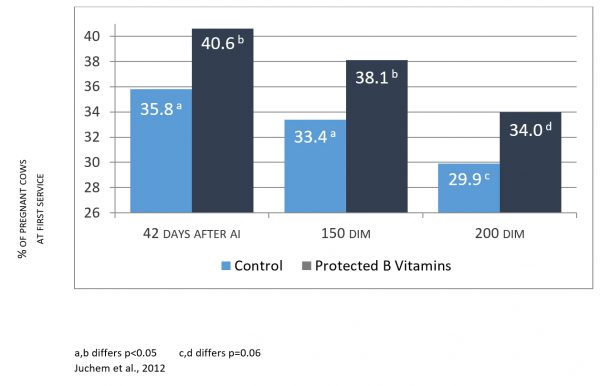
1Protected folic acid, B12, pyridoxine, panthothenic acid and biotin
Milk production increased by 5% with the inclusion of protected B vitamins (U. of California-Davis), and in commercial trials, milk fat and protein concentration increased by 3.4% and 2.2%, respectively. Feed efficiency also increased from 2.5% to 5.2%. The presented results demonstrated beneficial increases that help provide increases in overall production, animal health, reproduction and farm profitability.
Clearly, nutrition science will play an increasingly important role in dairy cow management and overall farm profitability. Over the past two decades, the industry has seen huge advancements in nutrition and dairy herd management; likewise with genetics. And as global population increases, animal nutrition is set to play an ever-increasing role in helping feed the world.
The global dairy industry faces the same challenges; no matter the market conditions. As dairy cow milk production increases and herds continue to increase in size, this situation presents continued challenges such as animal health, nutrition, fertility, and reproduction.
COMESTAR REVISITED
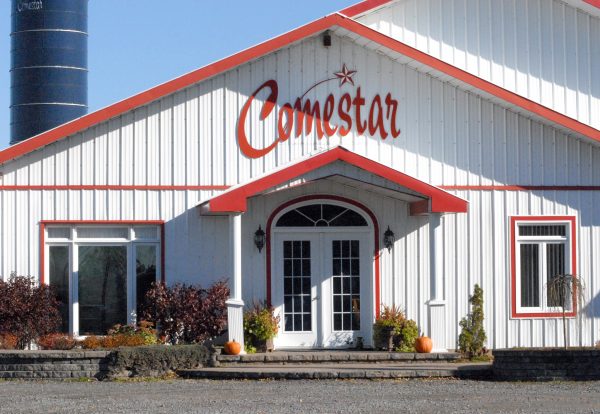
Having traveled the back roads of Quebec for the past 30 years, visiting Comestar was a regular occurrence whilst acting as a marketing consultant to Semex UK. Revisiting the modern facilities is a reminder of how far Comestar has developed. Unquestionably, Comestar and other modern Canadian herds are now much bigger, and investment has continued to increase throughout Canada. (Read more: Top Ten Most Influential Holstein Breeders of All-Time)
The Comestar story began in 1976, when Marc Comtois and his wife, France, purchased Princeville Farm and its original cross-bred herd. Just over a decade later, the business moved to its current location at Victoriaville.
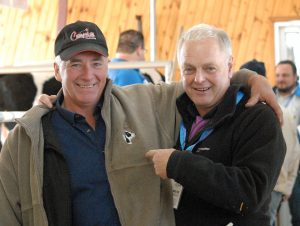 By then Marc was involved with pedigree Holsteins and his most famous home-bred cow, Comestar Laurie Sheik VG88, transformed the Canadian Holstein breed as well as international breeding programs. Born in 1986, Laurie Sheik produced a “golden cross” onto Blackstar that produced Comestar Leader as well as, three full-sisters.
By then Marc was involved with pedigree Holsteins and his most famous home-bred cow, Comestar Laurie Sheik VG88, transformed the Canadian Holstein breed as well as international breeding programs. Born in 1986, Laurie Sheik produced a “golden cross” onto Blackstar that produced Comestar Leader as well as, three full-sisters.
The mating propelled the herd to global prominence with numerous subsequent descendants including the likes of Comestar Lee; Lheros, Outside, and Stormatic. The rest, as they say, is history. However, Marc Comtois takes immense pride in helping develop the Holstein breed in the UK, Canada and globally, through the Laurie Sheik bloodline.
He said: “Our AI bulls had a tremendous influence with over 400,000 units of Comestar semen being sold in the UK. Comestar and numerous other herds also sold embryos and live cattle sired by our bloodlines. We developed 14 Class Extra sires and four “millionaire” selling bulls and Comestar Lee produced over 1.8million units.”
The Comtois family have had several business partners including Freddie and Nicole Steen and today the family has six family member owners. The farm labor force also includes 12 employees covering various aspects of the business, which is a far cry from the origins of the herd. Overtime, Comestar has expanded by acquiring neighboring farms, to feed the herd, now totals 1,245 acres.
The herd has 350 milking cows housed in three barn locations comprising a 120 tie-stall barn; a 150 free-stall barn and a 70cow free stall barn for milking recipient animals. The herd averages 12,302kgs milk at 4.1% fat, and 3.3% protein, and today 40% of turnover comes from the sale of genetics in the form of embryos, female calves, and bulls.
The ET program is now an important cornerstone of the Comestar business with on average over 130 flushes being performed annually over the past ten years. In 2015, the herd undertook 50 ET flushes and 50 in-vitro flushes and is currently performing an in-vitro embryo flush every two weeks explains Marc. “We are using a combination of bulls for specific market criteria. Including 30% high type genomic sires and 70% proven sires.
“The embryo program is results driven, and we have to ensure our donor and recipient animals are in top condition. For the past nine years, we have been working closely with Jefo Nutrition to ensure we have high-quality embryos and high pregnancy rates. On average, we are getting 8 grade A embryos per flush.
“B vitamins play an important role in helping cows produce more embryos as well as increasing conception and pregnancy rates. On our scale of operation reproduction is important, just increasing the flush by one embryo or one pregnancy; can result in huge financial benefits. Last year alone, we had 82 Goldwyn heifers registered.
“We mainly use sexed-semen to increase the number of female calves born. We incorporate genomic testing as a routine part of our procedures to identify the next generation of elite male and female calves. High genomic male calves or high type male calves are sold to AI units or private breeders,” he said.
The new facilities were constructed in 1998, and almost 20 years onward, the family is in the process of considering the next stage of development. The potential to expand and incorporate the herd in one large barn that contains specialist pens for donor and show cows as well as flushing facilities will be scrutinized moving forward. The investment for construction of new facilities would run at $7,000 – $10,000 per cow place (£4,400 – £6,250)
Besides the farming operations, Marc has judged shows all over the world and is extremely proud to have judged the Holstein classes at the Royal Winter Fair in Toronto in 1998. Lightening has struck twice, and 28 years on, Marc was invited to judge the 2016 Royal Winter Fair. “To judge once was fantastic, but to judge twice, is an incredible honor,” he says.
GILLETTE REVISITED
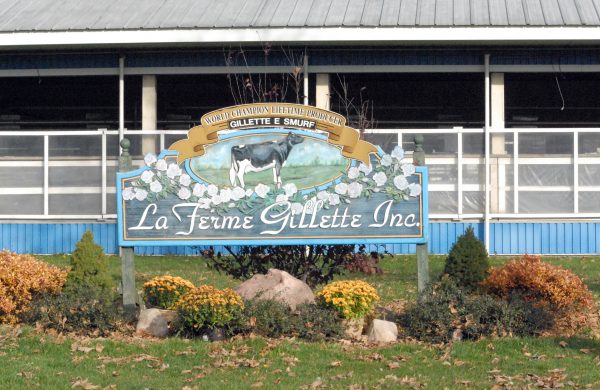
Over the past 30years, perhaps the two most frequented Canadian herds on my travels have been Comestar and Gillette; somewhat unsurprising due to the number of AI sires developed. The association with the Patenaude family began in November 1994, following a fire that destroyed the 314ft milking barn and killed 205 cattle. (Read more: Gillette Blitz 2nd Wind: 2011 Canadian Cow of the Year Nominee, Dr. Gilles Patenaude – “Simply the Best” and Top Ten Most Influential Holstein Breeders of All-Time)
The devastation was immense as was the human emotion involved. Understandably, the family were beyond distraught, and one could hear the raw emotion while speaking to Louis’s wife, Anne Patenaude; and subsequently wrote an article about the cataclysmic event; culminating with the following words. “Out of the embers, a ‘spark’ will grow. And like a Phoenix from the ashes – Ferme Gillette will rise again.”
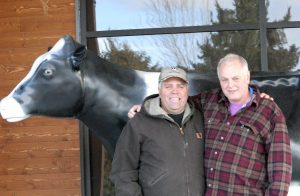 And over the intervening years, that “spark” has seen the Patenaude family re-establish Ferme Gillette as a major force within Canadian and global genetics. Today, the family milk 600 Holstein cows at three locations on three times per day milking. The herd’s current rolling average is 11,609kgs @4.2% fat and 3.28% protein.
And over the intervening years, that “spark” has seen the Patenaude family re-establish Ferme Gillette as a major force within Canadian and global genetics. Today, the family milk 600 Holstein cows at three locations on three times per day milking. The herd’s current rolling average is 11,609kgs @4.2% fat and 3.28% protein.
Amongst the many great cows and bullmothers, Gillette Blitz 2nd Wind VG88 stands out with over 100 ET registered progeny within Canada as well as being the dam of famous sires such as Gillette Stanley Cup; Windbrook, Wildthing, Willrock, and Windhammer.
Furthermore, the world-famous Gillette E Smurf Ex91, the Guinness Book of Records Lifetime Milk Production holder (214,686kgs milk) are just two of the globally renowned animals produced within the herd.
Gillette operates an intensive program to maximize reproduction and herd health. First inseminations take place between 60 – 70days in milk with 75% inseminations based upon heat activity. Approximately 25% of the milking cows are synchronized, and 50% of virgin heifers are synchronized for ET programs.
Like many of today’s progressive farmers, the Patenaude’s predominantly flush maiden heifers alongside some older elite females as part of the breeding program. Reproduction and herd health are important considerations according to Louis. He said: “We’ve been using Jefo products for the past 12 years and have had excellent results.
“The results of the cow flush program incorporating protected B vitamins produced one extra embryo per cow, at a time when we were performing over 120 flushes per year. We also incorporate Jefo Dairy Fat to increase milk component values and incorporate Transition VB pre-and-posting calving, to help eliminate ketosis and other reproductive issues such as metritis.”
The business introduced a solar panels in 2008 with the assistance of government grants – have about 1000 generating between 23 to 28000$ a month depending on the weather. Free stall use beddingmasters. Ferme Gillette has developed much over the past 22 years because of resolve. It is how Ferme Gillette has risen from the embers of adversity; that undoubtedly defines the Patenaude family.
The Royal
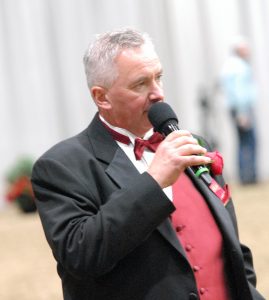 Much has been written and even more spoken about the 2016 RWF. Sometimes, but not always, its best to have a distant or even different perspective and not be involved in the controversy. Some would even say its having a subjective or an objective opinion. (Read more: The 2016 Royal Winter Fair Holstein Show – The show everyone will remember for all the wrong reasons)
Much has been written and even more spoken about the 2016 RWF. Sometimes, but not always, its best to have a distant or even different perspective and not be involved in the controversy. Some would even say its having a subjective or an objective opinion. (Read more: The 2016 Royal Winter Fair Holstein Show – The show everyone will remember for all the wrong reasons)
There was a consensus from the Supreme Dairy Show at St-Hyacinthe that Wendon Dempsey Prude was not the type of Holstein cow that this year’s judge, Marc Comtois, would run with at Toronto. This was the opinion of astute cattlemen. And similar phrases were being echoed around the cattle lines at the RWF. (Read more: 2016 Royal Winter Fair Holstein Show Preview)
Sometimes it’s about picking the right cow, for a judge, weeks before the show, rather than the judge picking someone else’s perception of the “right cow” on the day. Judging the Royal is not a bovine popularity contest or a reality TV program, where viewers or the audience vote for their favorite contestant. At the Royal: only one man’s opinion matters. (Read more: Canadian National Holstein Show 2016)
A leadsman pulling that appeared to be place 16th and then deciding to pull her back in at the bottom of the class a few feet away from 2nd last animal was not in the true spirit of the Royal or of showmanship etiquette. The decision by Judge Marc Comtois not to pull this cow into his top six lineups appeared entirely justified – on the day.
Displaying, what may have been or appeared to be a “fit-of-pique” does not have any place in the show ring. Perhaps organizers should consider a temporary banning order on any leadsman doing this type of activity. The problem is, having set such a perceived example, the next time another or, perhaps a younger leadsman feels aggrieved at the judge’s placings; similar action could be repeated, not by one person, but by several leadsmen. Anarchy would rule the show ring.
The wrong message may have been sent out. And the wrong headlines written, twittered, texted or posted. But the REAL message was there for ALL who wished to see and learn. Truly, “In the land of the blind – the one-eyed man is King.”
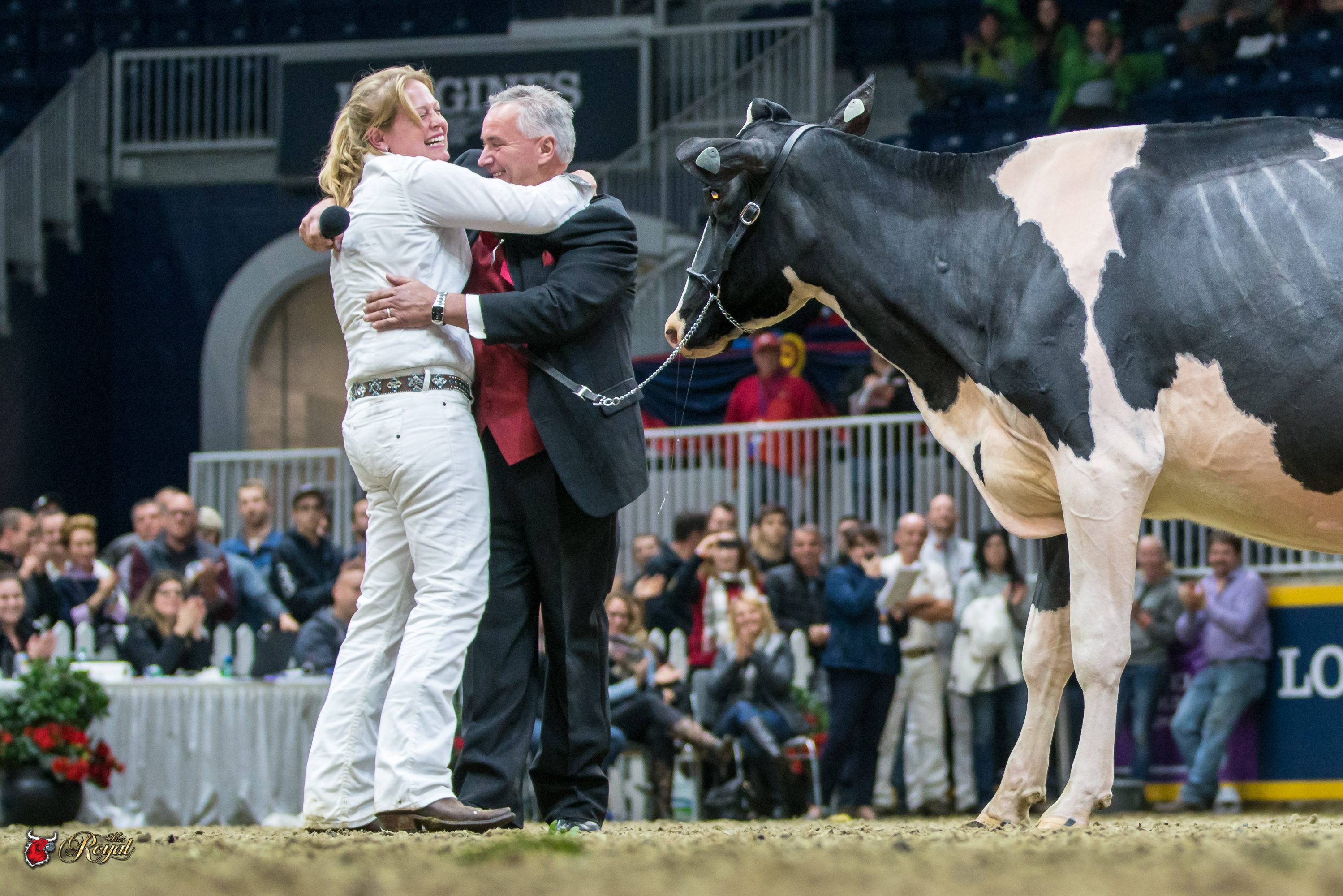
Forty years after starting his multi-award winning herd and producing 14 Class Extra sires and twice judging the Royal Show, people should read the judge’s words over and over, and over again. Marc Comtois left a Holstein breed legacy by announcing his Grand Champion, Jacobs Gold Liann, “the cow of the future.”

Get original “Bullvine” content sent straight to your email inbox for free.
Other posts you might like:







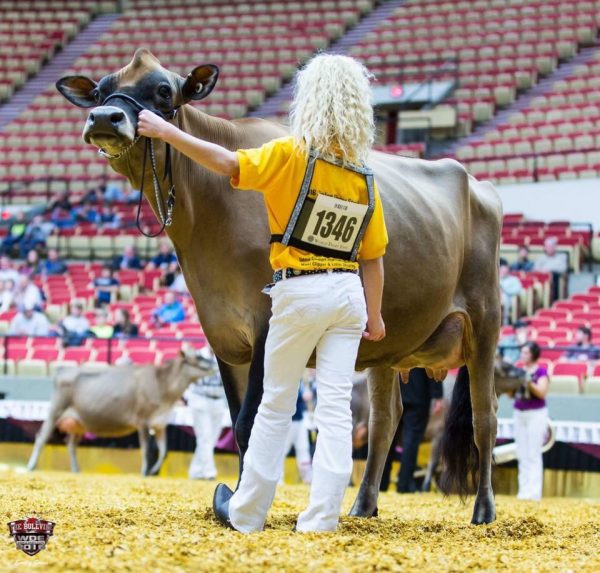
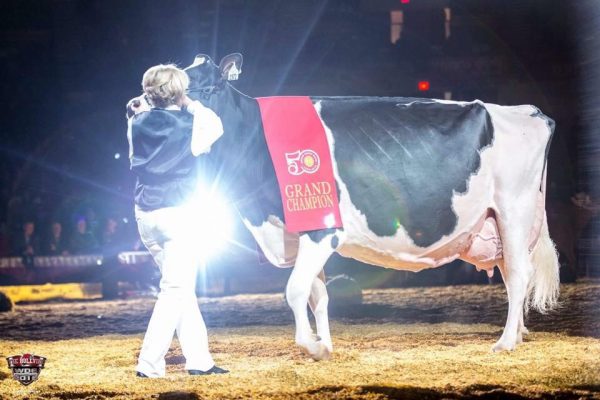
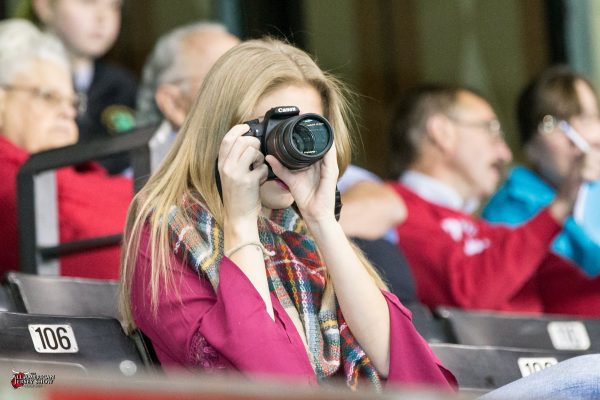
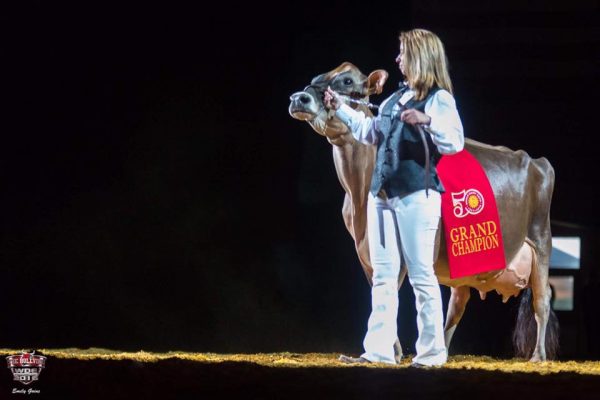
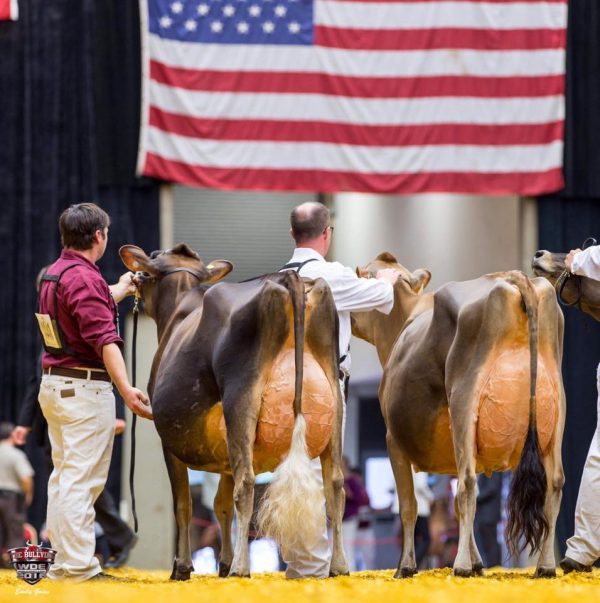
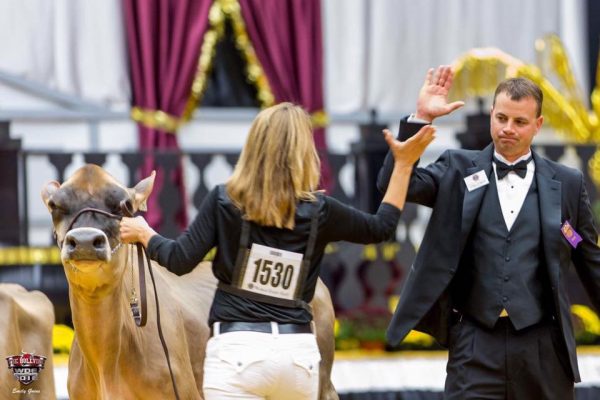
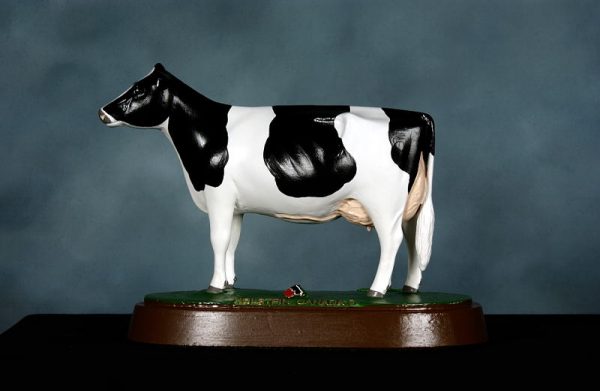
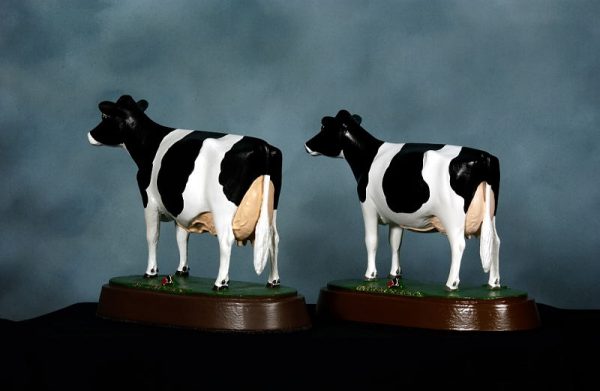

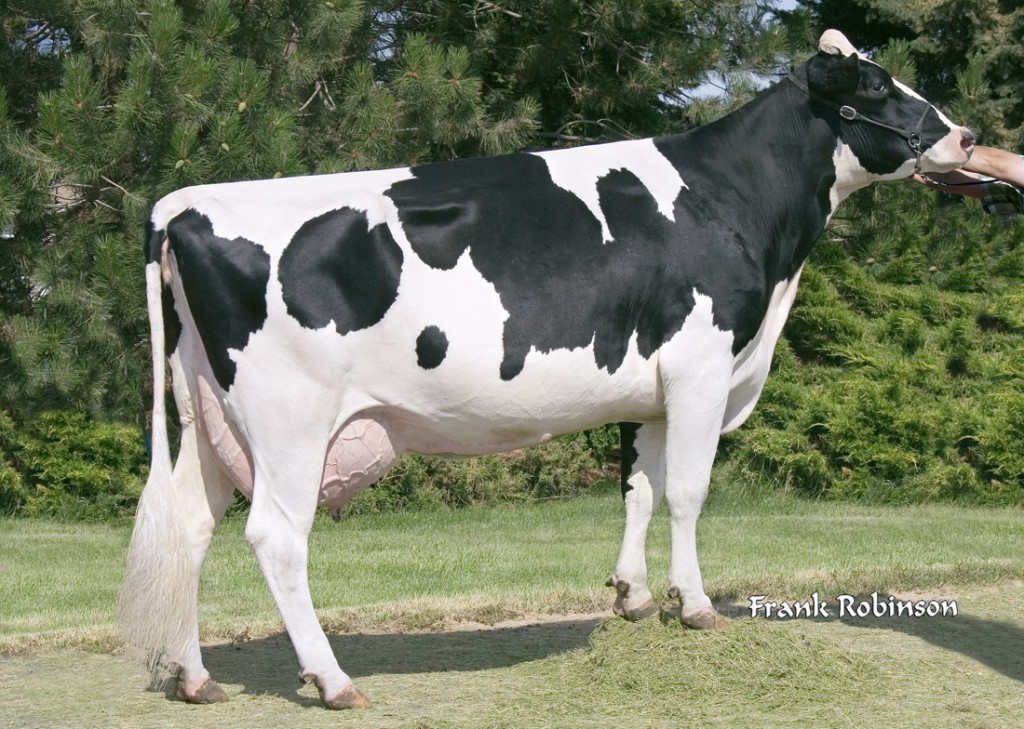
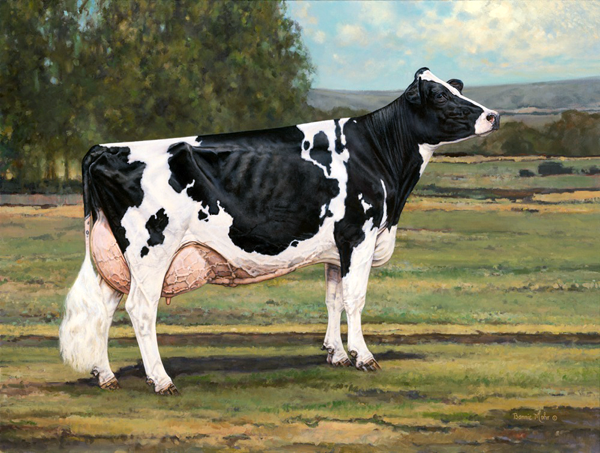
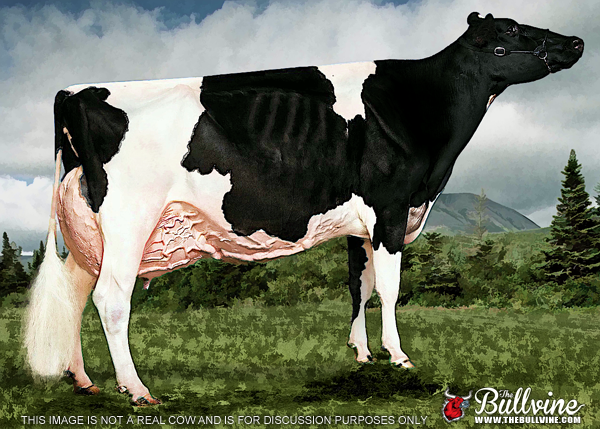
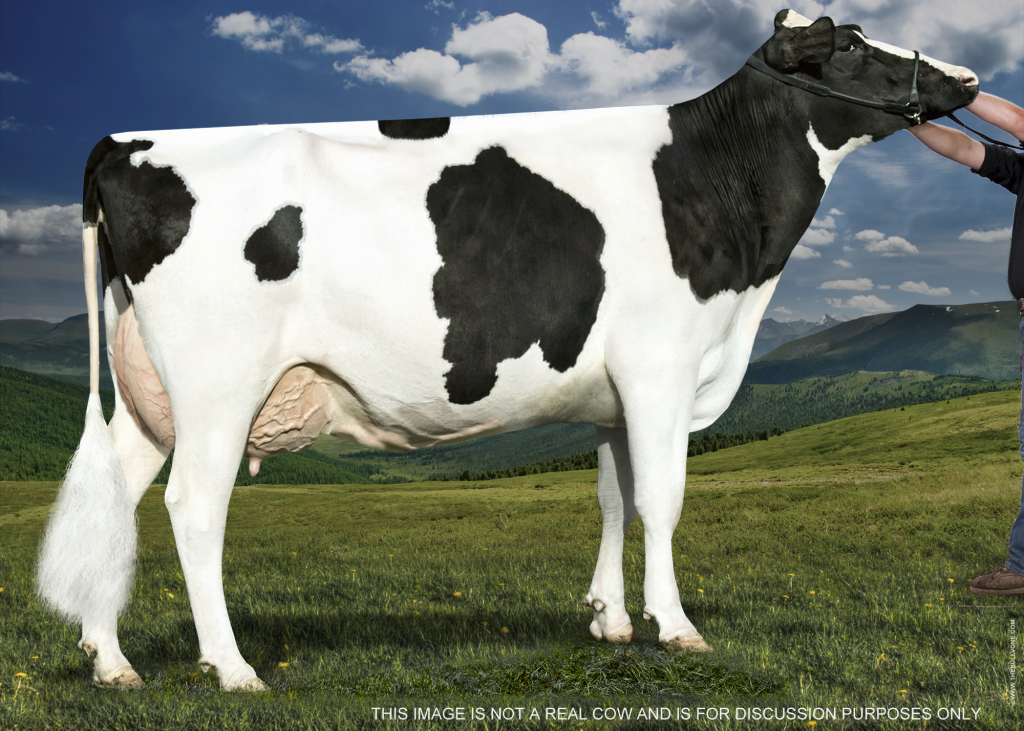
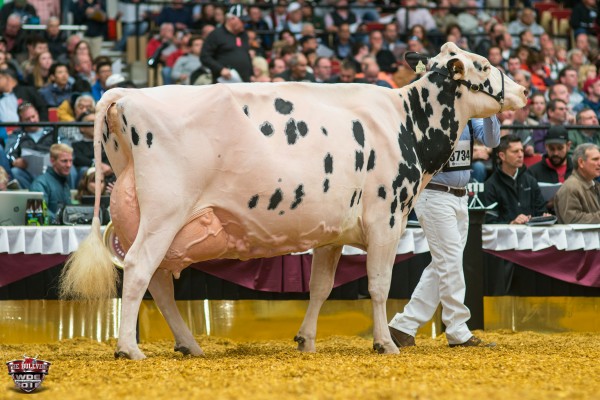
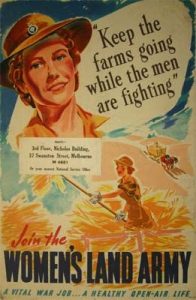 Perhaps, Europe would now be 75years into the one thousand year Third Reich. The resulting mass mobilization of US forces, industrial might, innovation and technology and one million fighting men; turned the US into the world’s first superpower. The role of US farmers and growers is often overlooked; and without a doubt, the role of women who replaced men on the farm; in fields and in the factories.
Perhaps, Europe would now be 75years into the one thousand year Third Reich. The resulting mass mobilization of US forces, industrial might, innovation and technology and one million fighting men; turned the US into the world’s first superpower. The role of US farmers and growers is often overlooked; and without a doubt, the role of women who replaced men on the farm; in fields and in the factories.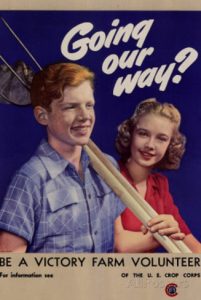 Churchill knew without US involvement; Britain could not defeat Hitler – or free Europe from his tyrannical regime. From September 1939 to September 1940, US food exports had fallen to 40% below the average ten-year level of the Great Depression. Due to Land-Lease, from 1940 to 1945, US net farm incomes increased from $4.4billion to $12.36billion, and average farmer income increased from $700 per annum to $2,000, albeit only 57% of an equivalent urban income.
Churchill knew without US involvement; Britain could not defeat Hitler – or free Europe from his tyrannical regime. From September 1939 to September 1940, US food exports had fallen to 40% below the average ten-year level of the Great Depression. Due to Land-Lease, from 1940 to 1945, US net farm incomes increased from $4.4billion to $12.36billion, and average farmer income increased from $700 per annum to $2,000, albeit only 57% of an equivalent urban income.
 The event also included a Friday evening Cocktail and Genetics session hosted by Sexing Technologies on the development of sexed semen and the increasing advantages Sexed Ultra technology is having on dairy programs within Canada and the USA. The comprehensive session included a panel of speakers; tested by questions from moderator Andrew Hunt of The Bullvine. (Watch recording –
The event also included a Friday evening Cocktail and Genetics session hosted by Sexing Technologies on the development of sexed semen and the increasing advantages Sexed Ultra technology is having on dairy programs within Canada and the USA. The comprehensive session included a panel of speakers; tested by questions from moderator Andrew Hunt of The Bullvine. (Watch recording –  The second part of the conference was held at the Sheraton Centre in Toronto, and it is worth focusing on a presentation on protected B vitamins by Jefo I&D ruminant manager, Helene Leclerc. The research was extensive with results from the Universities of Guelph; of British Colombia, Laval University, California-Davis and Parana (Brazil) as well as, field studies in Canada, USA, and others.
The second part of the conference was held at the Sheraton Centre in Toronto, and it is worth focusing on a presentation on protected B vitamins by Jefo I&D ruminant manager, Helene Leclerc. The research was extensive with results from the Universities of Guelph; of British Colombia, Laval University, California-Davis and Parana (Brazil) as well as, field studies in Canada, USA, and others.

 By then Marc was involved with pedigree Holsteins and his most famous home-bred cow, Comestar Laurie Sheik VG88, transformed the Canadian Holstein breed as well as international breeding programs. Born in 1986, Laurie Sheik produced a “golden cross” onto Blackstar that produced Comestar Leader as well as, three full-sisters.
By then Marc was involved with pedigree Holsteins and his most famous home-bred cow, Comestar Laurie Sheik VG88, transformed the Canadian Holstein breed as well as international breeding programs. Born in 1986, Laurie Sheik produced a “golden cross” onto Blackstar that produced Comestar Leader as well as, three full-sisters.
 And over the intervening years, that “spark” has seen the Patenaude family re-establish Ferme Gillette as a major force within Canadian and global genetics. Today, the family milk 600 Holstein cows at three locations on three times per day milking. The herd’s current rolling average is 11,609kgs @4.2% fat and 3.28% protein.
And over the intervening years, that “spark” has seen the Patenaude family re-establish Ferme Gillette as a major force within Canadian and global genetics. Today, the family milk 600 Holstein cows at three locations on three times per day milking. The herd’s current rolling average is 11,609kgs @4.2% fat and 3.28% protein. Much has been written and even more spoken about the 2016 RWF. Sometimes, but not always, its best to have a distant or even different perspective and not be involved in the controversy. Some would even say its having a subjective or an objective opinion. (Read more:
Much has been written and even more spoken about the 2016 RWF. Sometimes, but not always, its best to have a distant or even different perspective and not be involved in the controversy. Some would even say its having a subjective or an objective opinion. (Read more: 
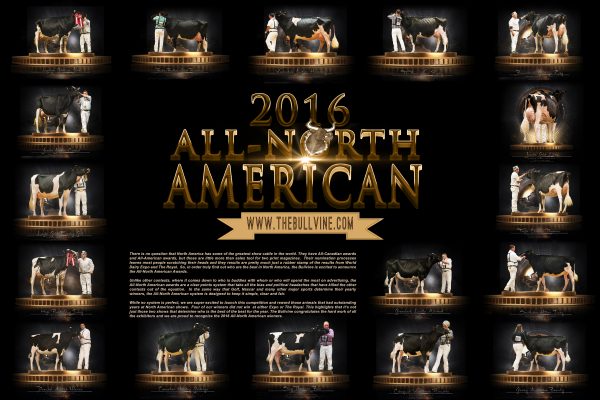
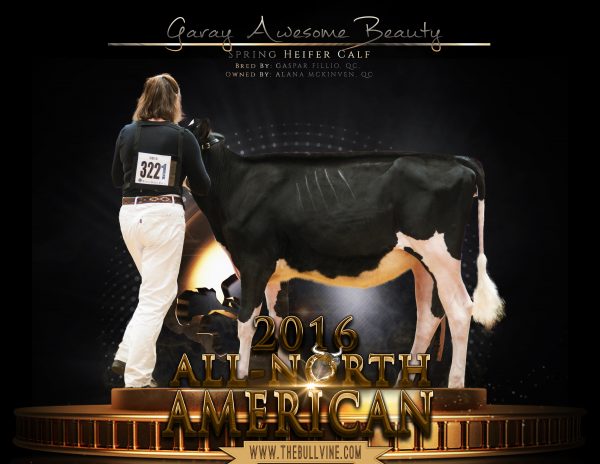
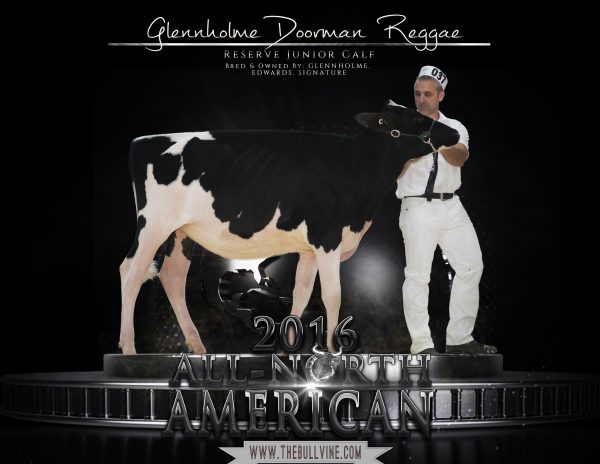
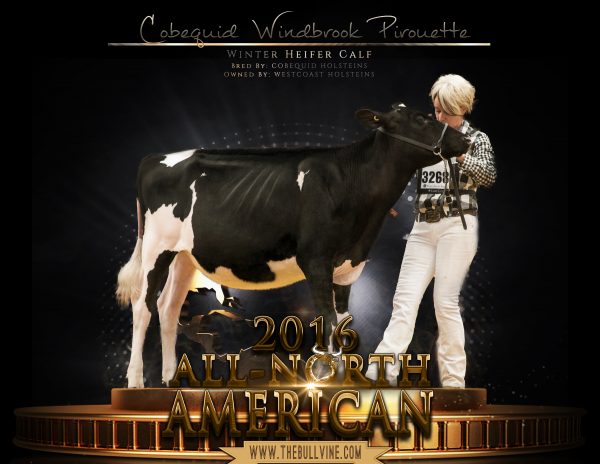
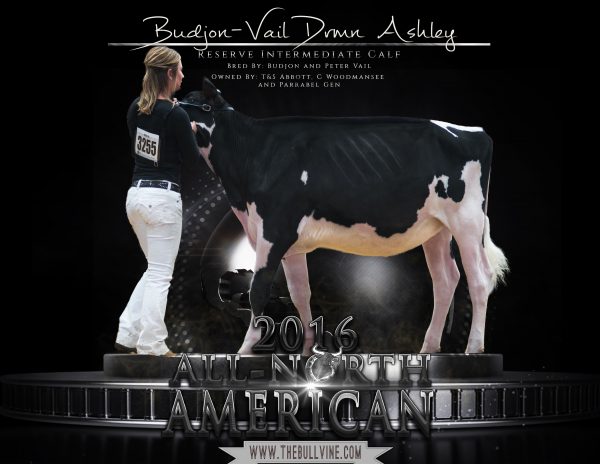

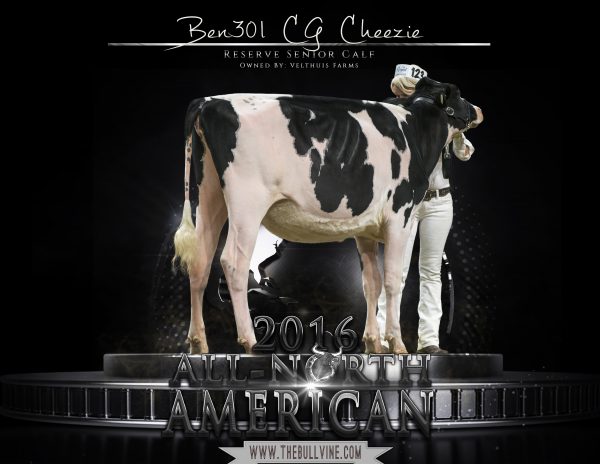
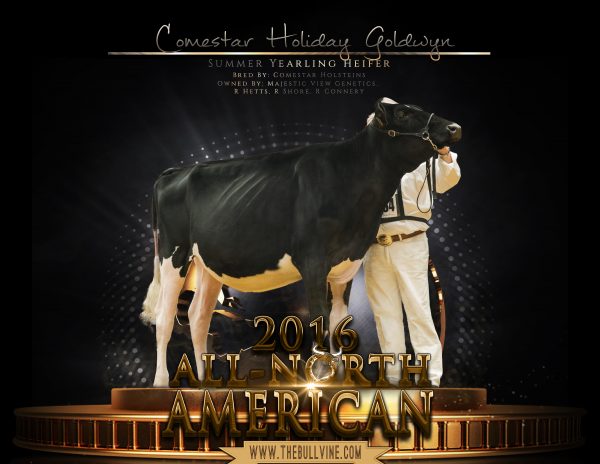
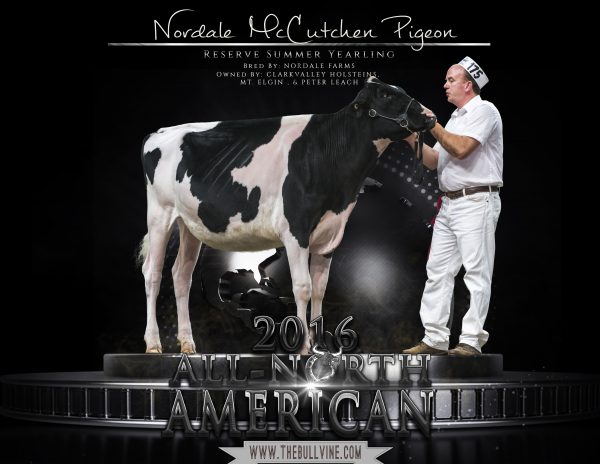
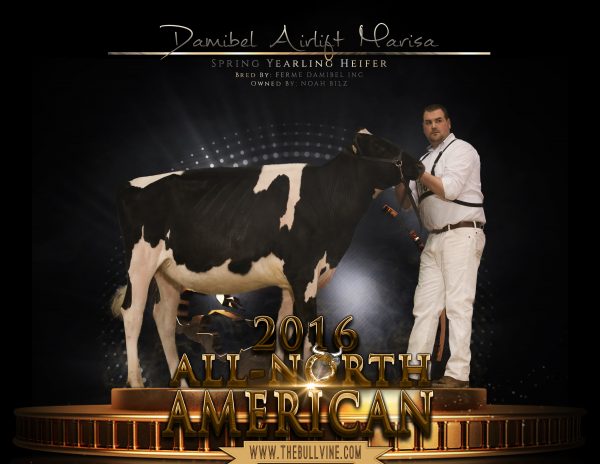
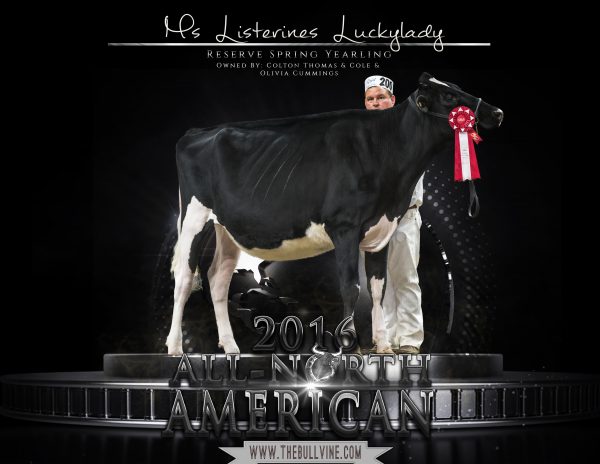
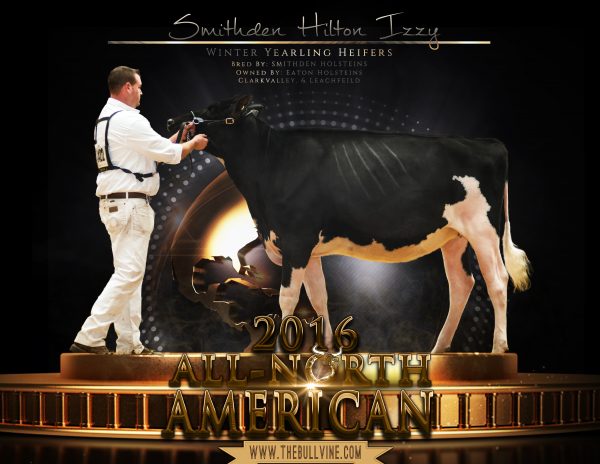

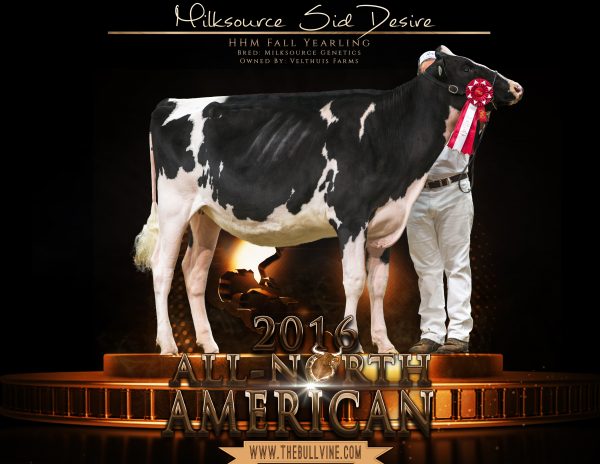
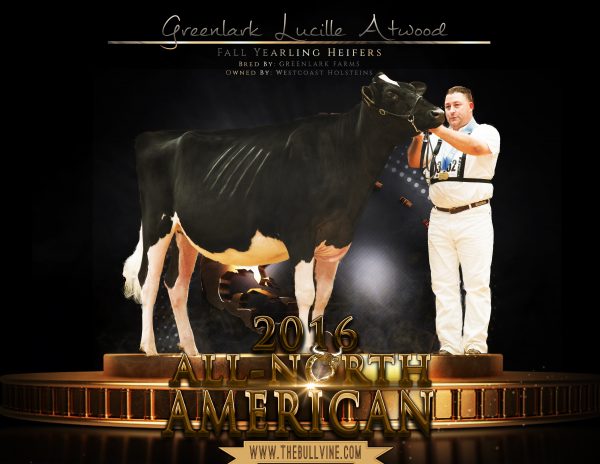
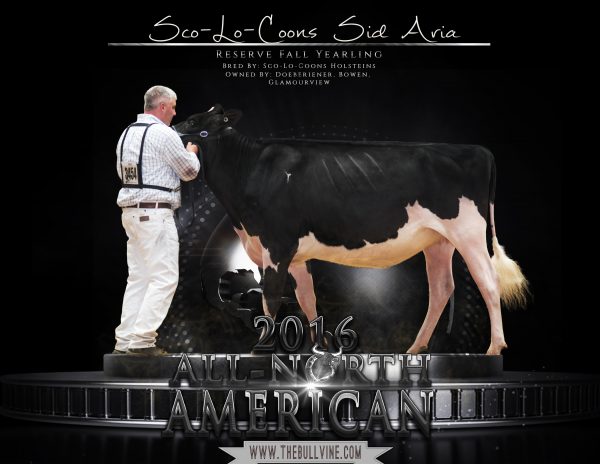
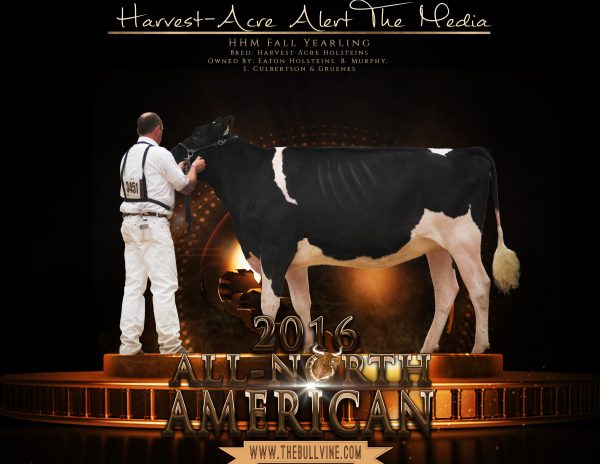

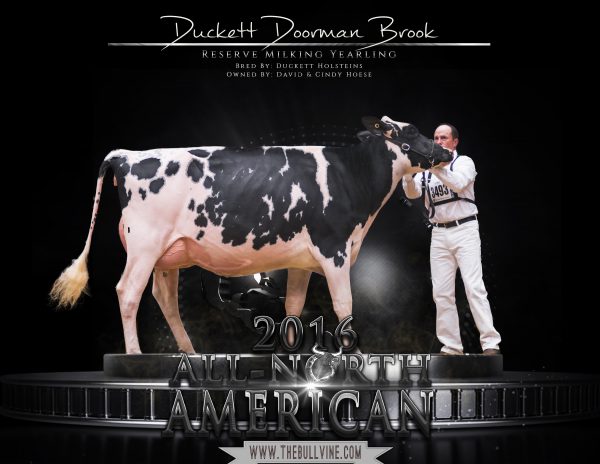
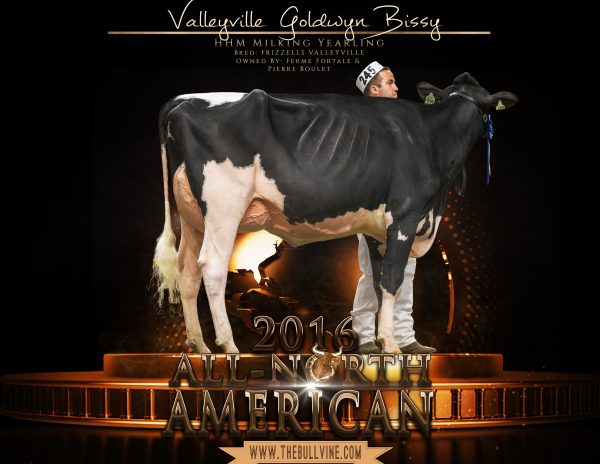
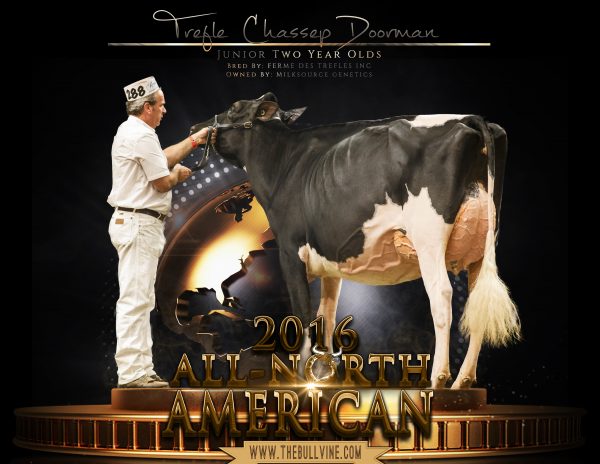

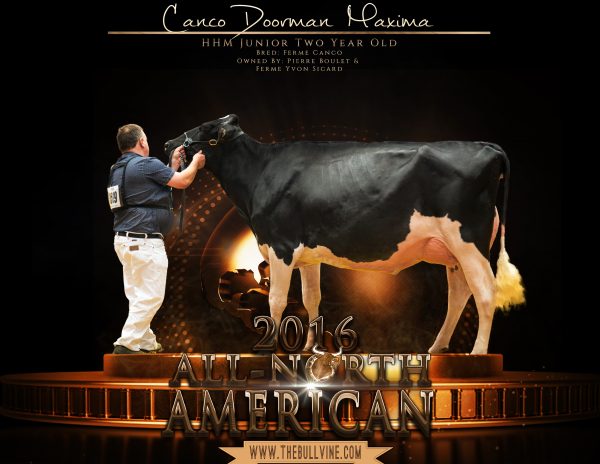
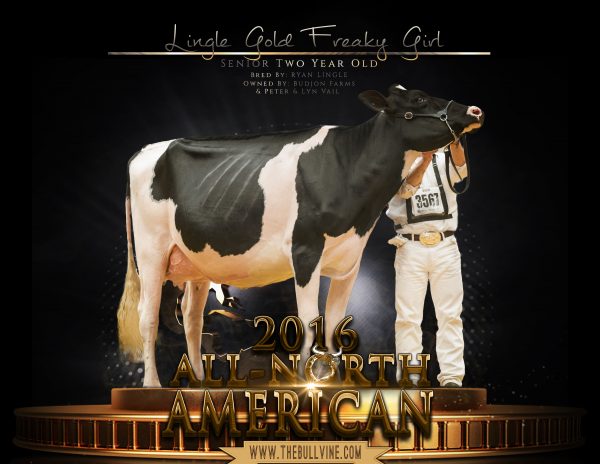
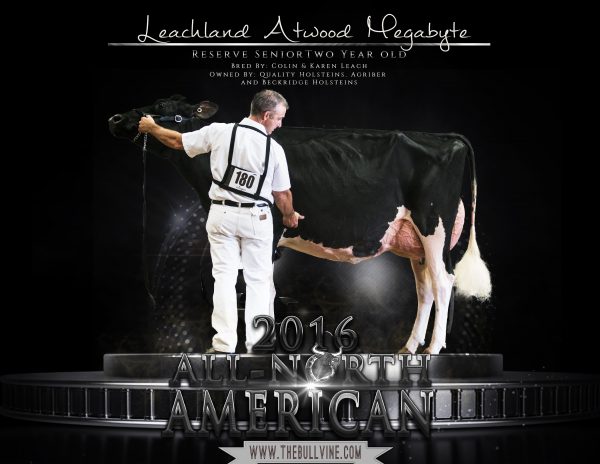
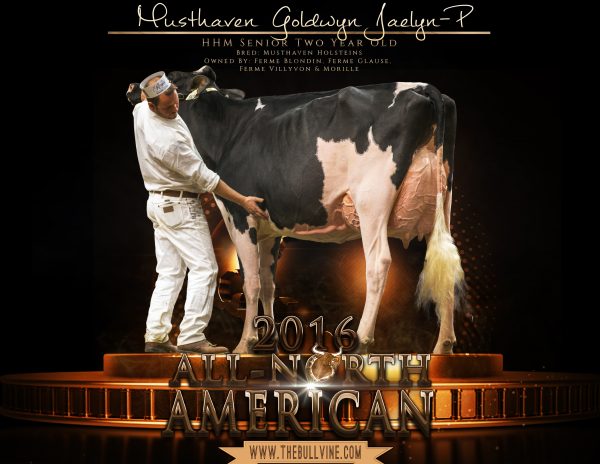
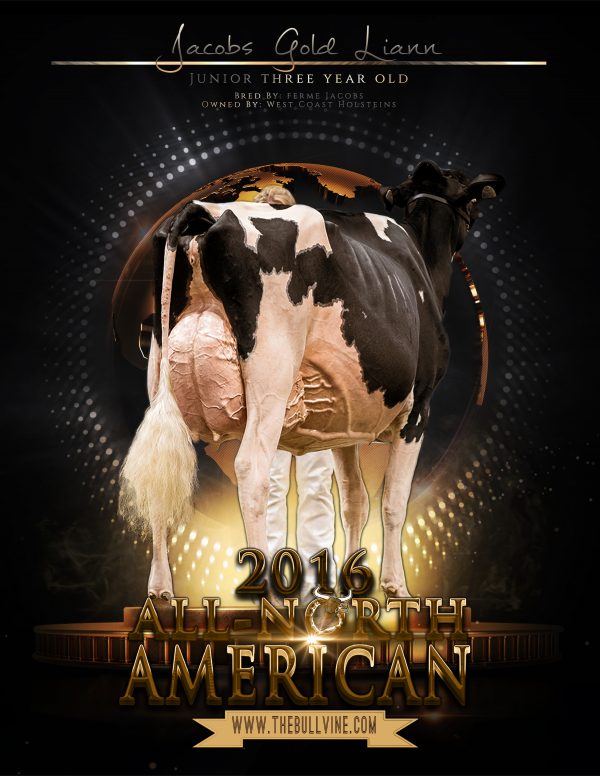
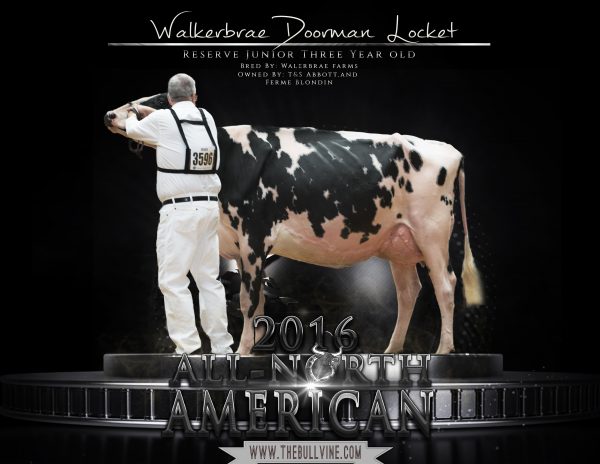
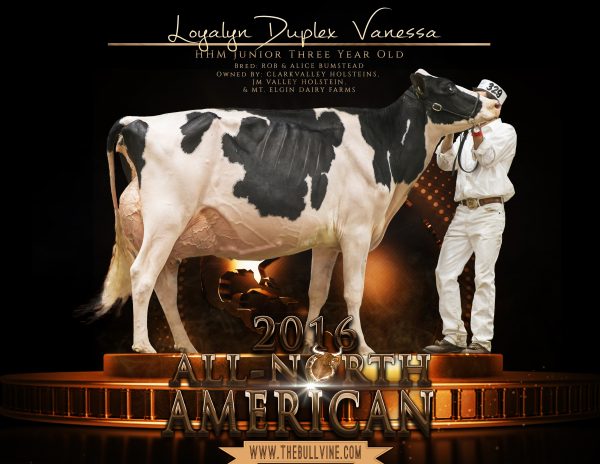
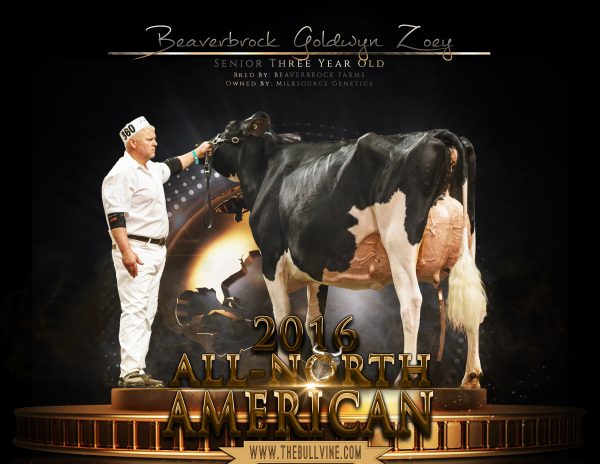
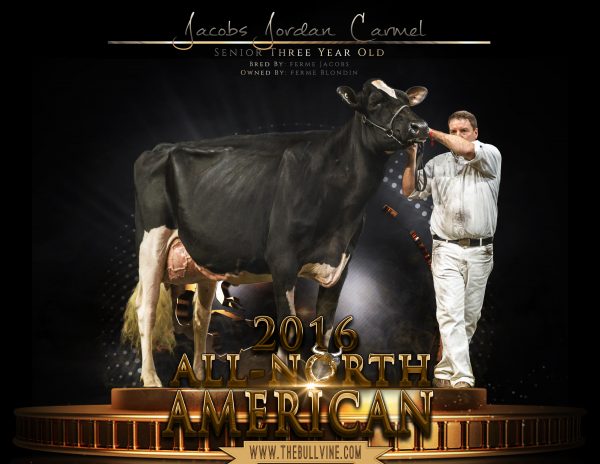
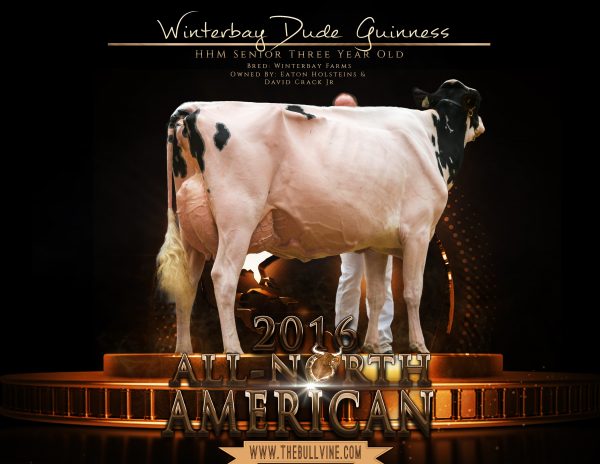
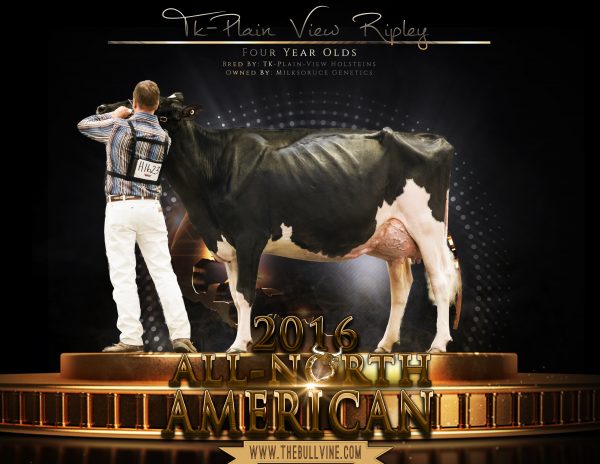
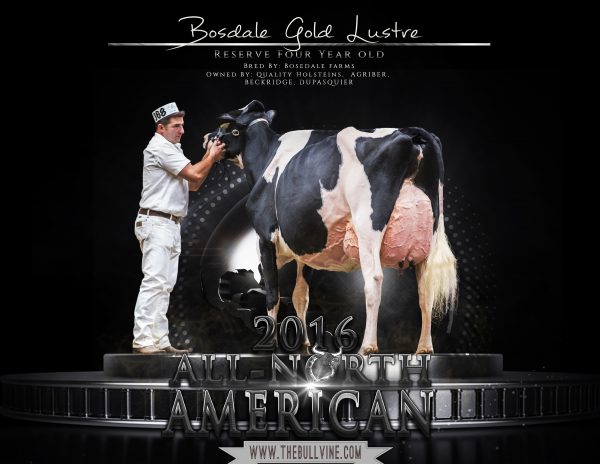
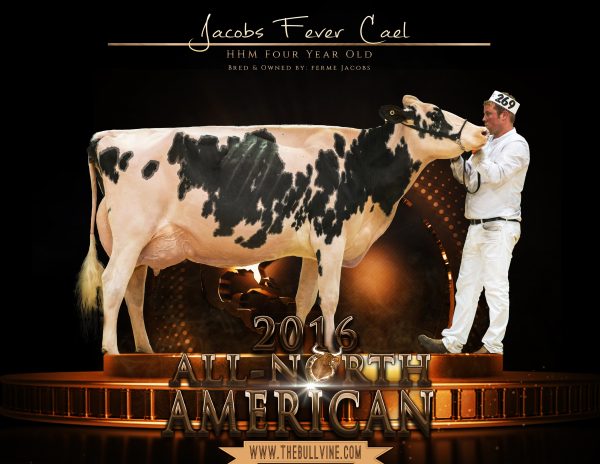
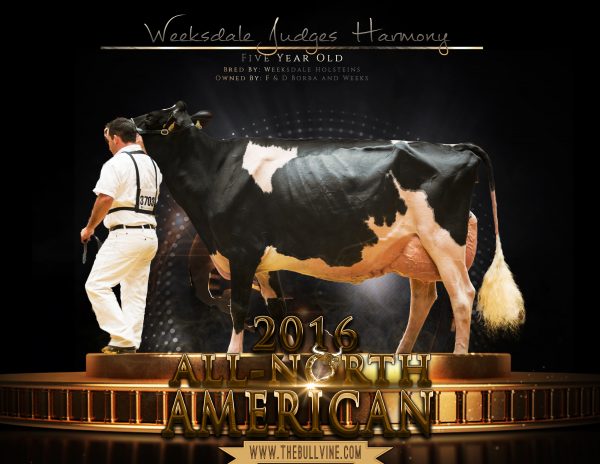
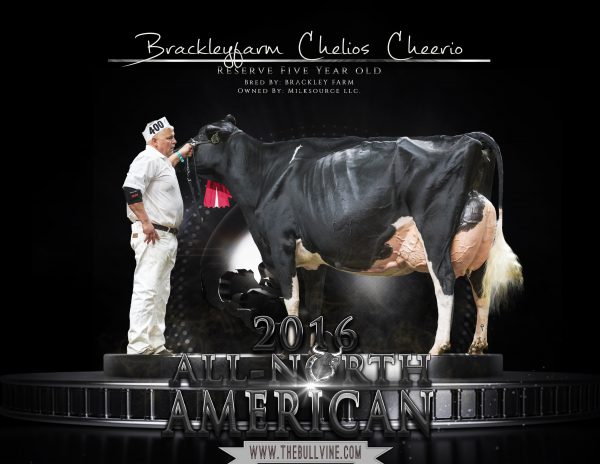
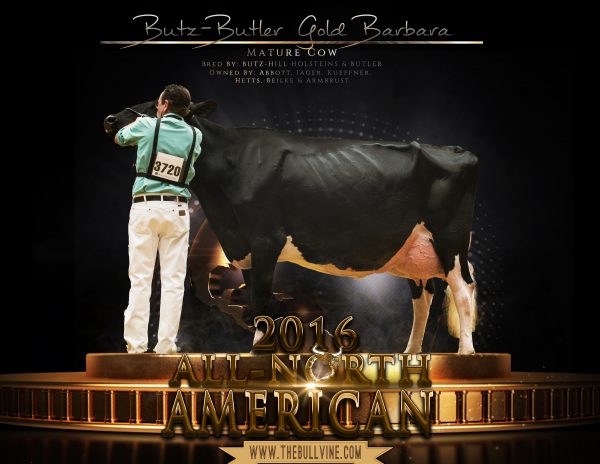
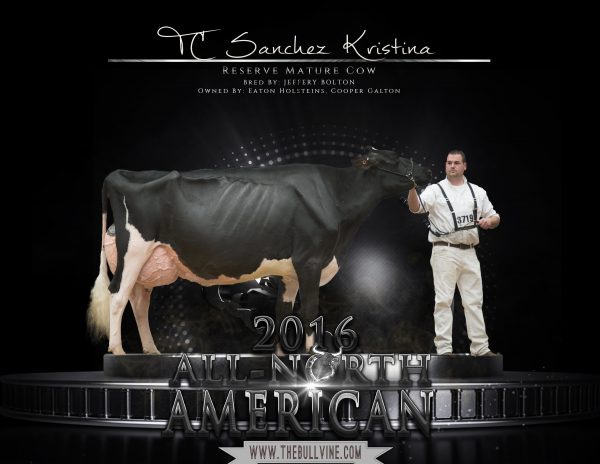
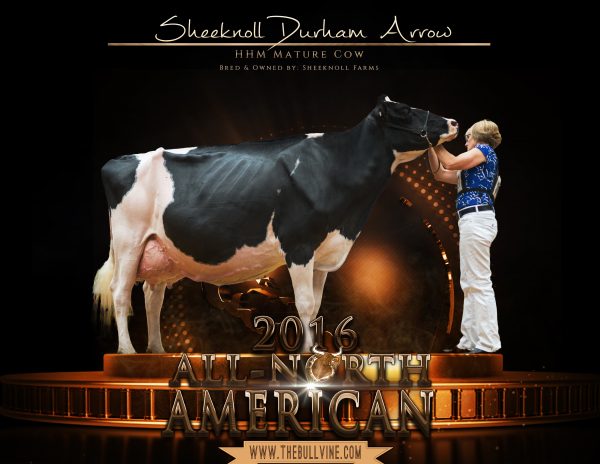
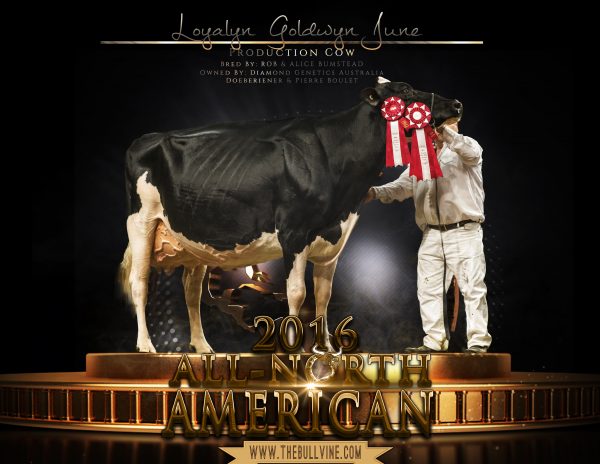
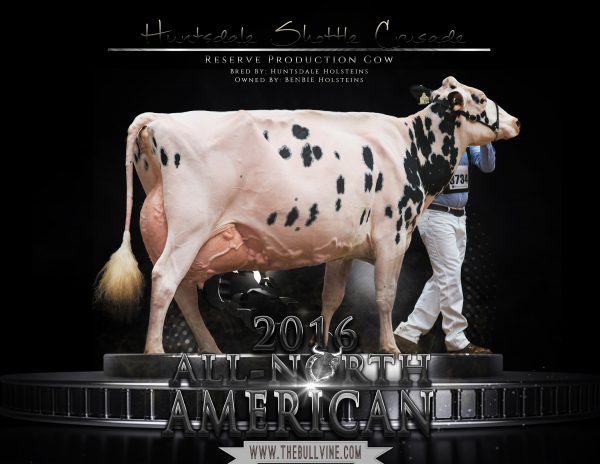
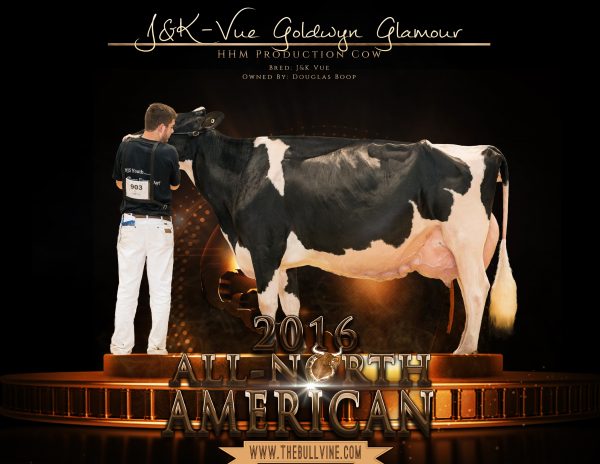

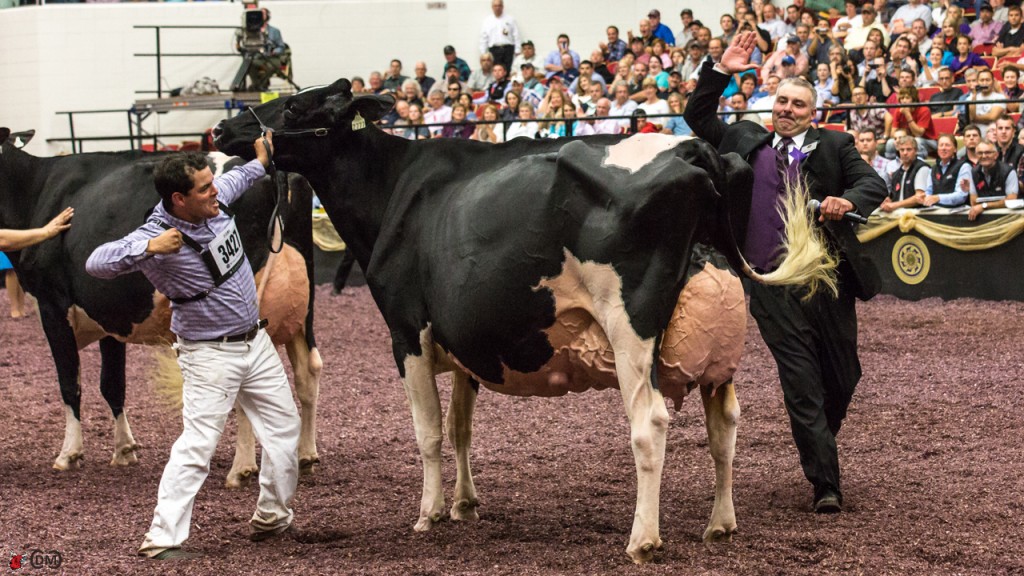
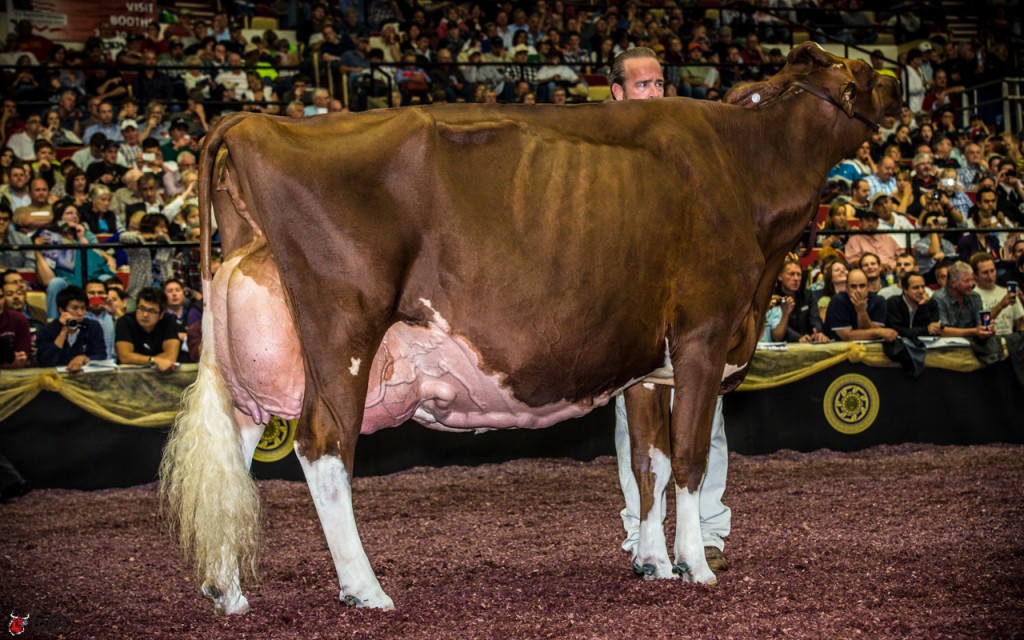
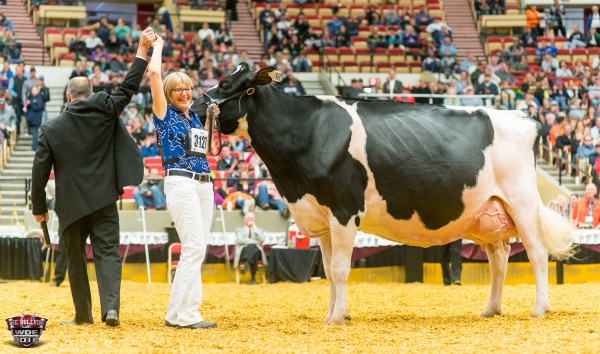
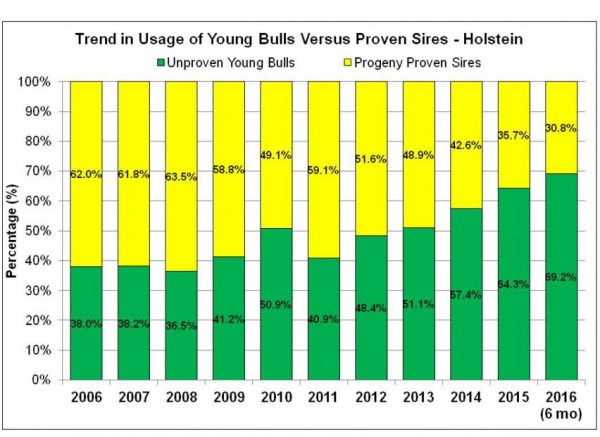
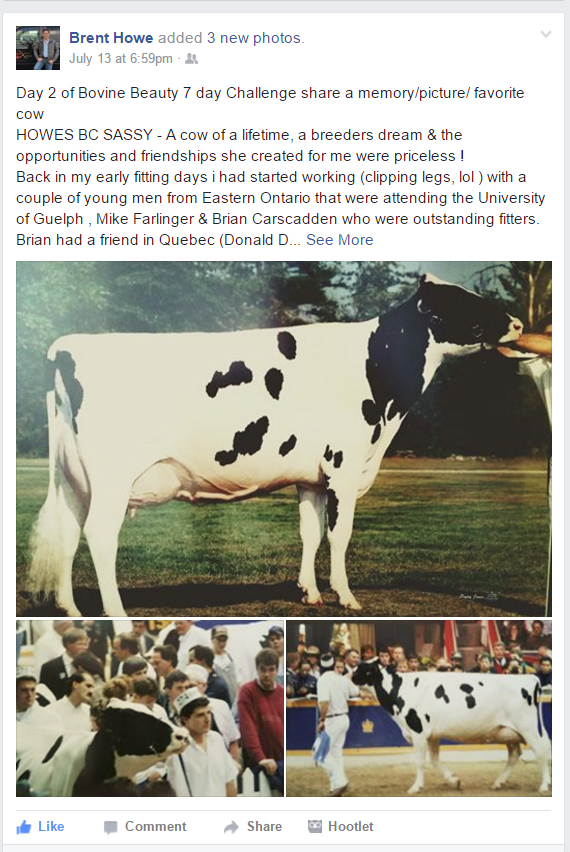
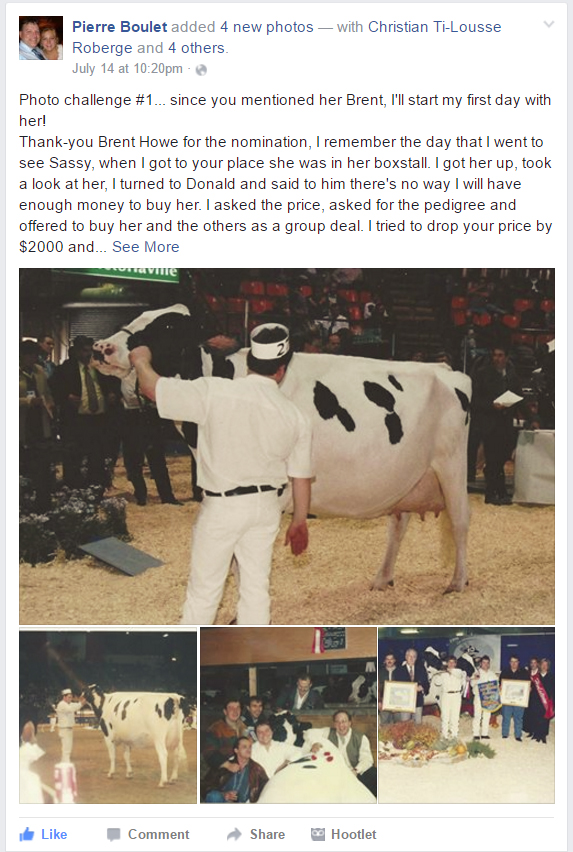
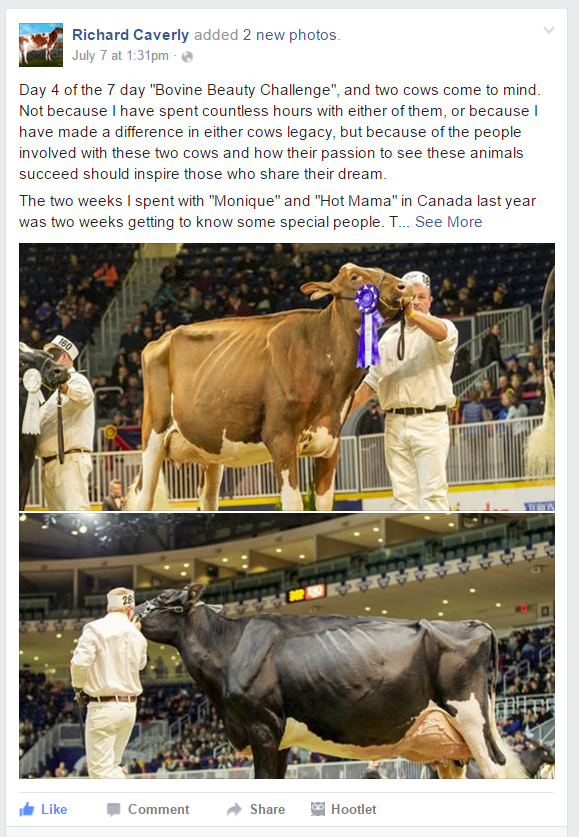
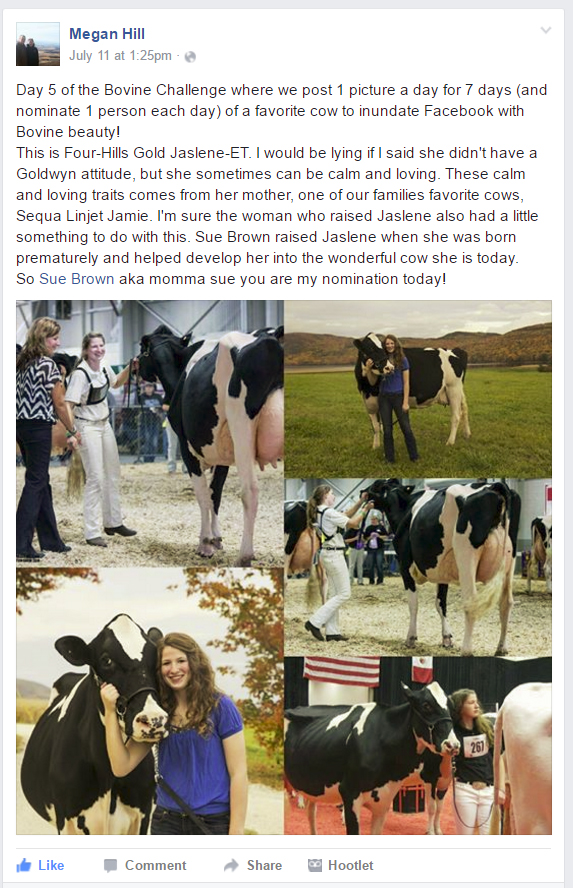
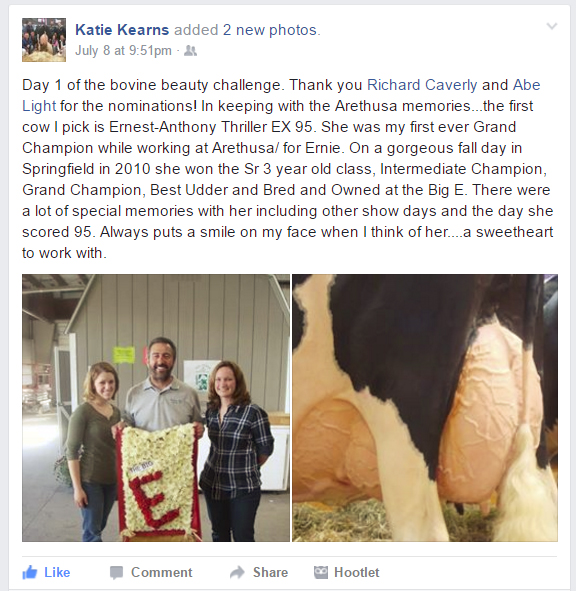
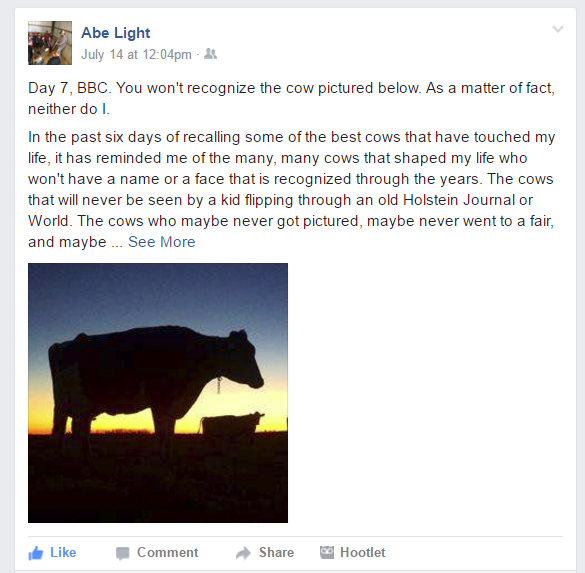
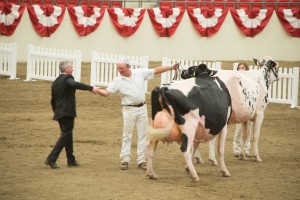
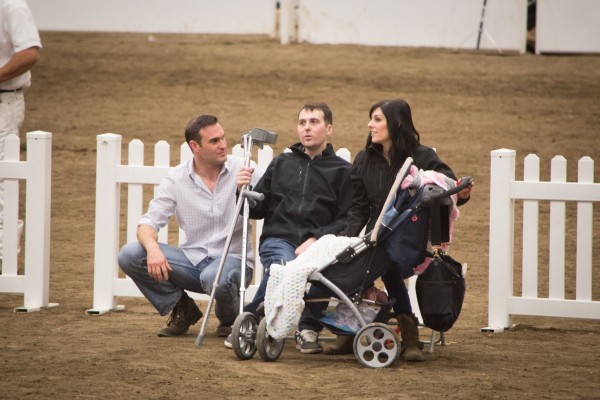
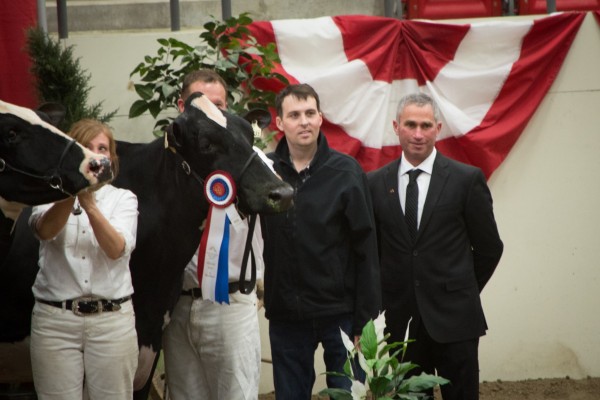
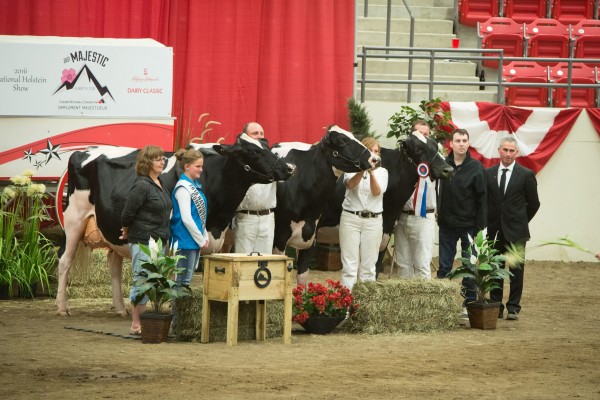
![10462709_1021928441187387_967791446083398029_n[1]](https://www.thebullvine.com/wp-content/uploads/2016/03/10462709_1021928441187387_967791446083398029_n1-225x300.jpg) It has been 662 days since Reese Burdette entered Johns Hopkins Hospital fighting for her life after being pulled from a house fire. She has spent almost two years in Johns Hopkins Children’s Hospital’s Pediatric Intensive Care Unit, recovering from the severe burns she suffered in a fire at her grandparents’ home over Memorial Day weekend in 2014. Reese and her younger sister, Brinkley, were staying with their grandparents Patricia and Mike Stiles at Waverly Farms in Clear Brook, Virginia, when the fire apparently started with an electrical cord and quickly spread in the two-story home.
It has been 662 days since Reese Burdette entered Johns Hopkins Hospital fighting for her life after being pulled from a house fire. She has spent almost two years in Johns Hopkins Children’s Hospital’s Pediatric Intensive Care Unit, recovering from the severe burns she suffered in a fire at her grandparents’ home over Memorial Day weekend in 2014. Reese and her younger sister, Brinkley, were staying with their grandparents Patricia and Mike Stiles at Waverly Farms in Clear Brook, Virginia, when the fire apparently started with an electrical cord and quickly spread in the two-story home.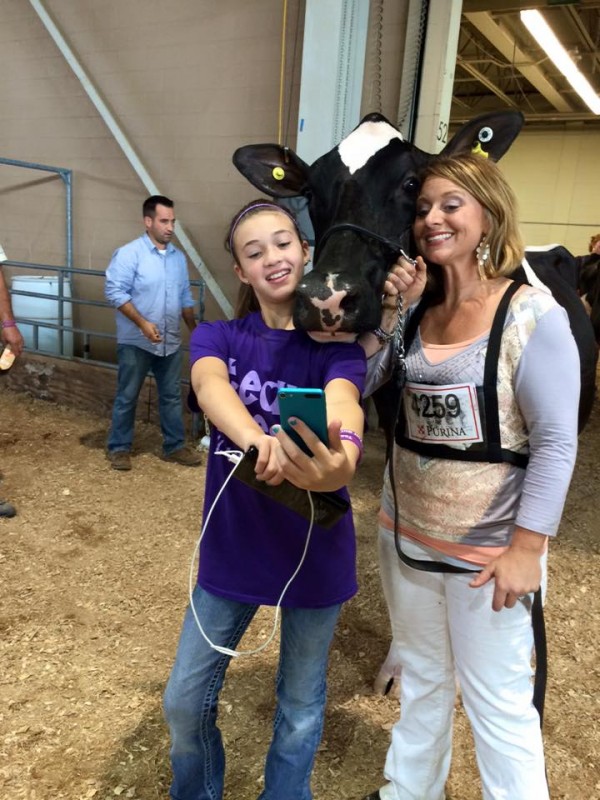 “I want to go to the farm to see my cow,” Reese said Wednesday. We were all touched when, earlier this year, the family brought Pantene on a surprise visit to see Reese at the hospital. You could not help but shed a tear when Pantene was named Reserve Grand at Pennsylvania’s State Holstein Show, and Reese was able to see it all. Through the advances of mobile internet, she was able to watch the whole show through FaceTime. (Read more:
“I want to go to the farm to see my cow,” Reese said Wednesday. We were all touched when, earlier this year, the family brought Pantene on a surprise visit to see Reese at the hospital. You could not help but shed a tear when Pantene was named Reserve Grand at Pennsylvania’s State Holstein Show, and Reese was able to see it all. Through the advances of mobile internet, she was able to watch the whole show through FaceTime. (Read more: 
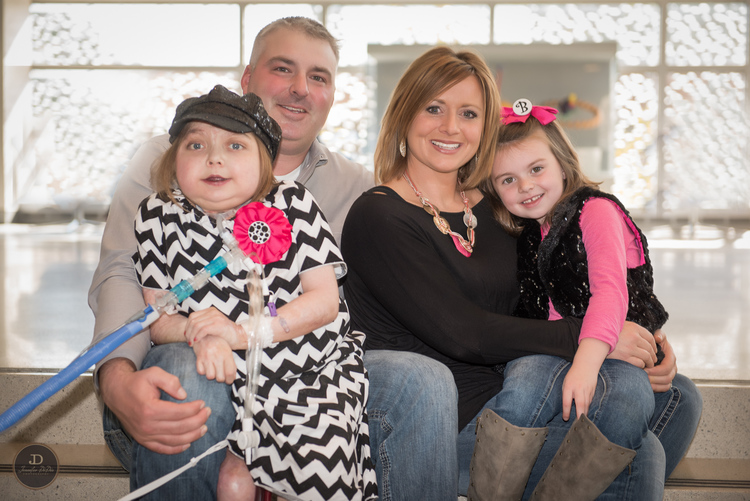
 “Never give up on hope. I could tell you stories all day long where God has shown himself,” Claire Burdette said. (Read more:
“Never give up on hope. I could tell you stories all day long where God has shown himself,” Claire Burdette said. (Read more: 
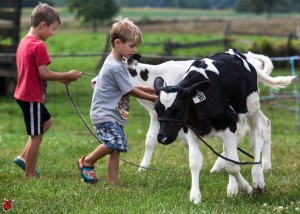
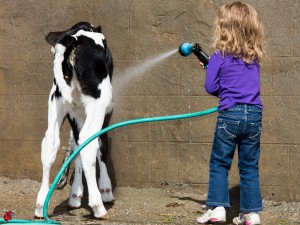
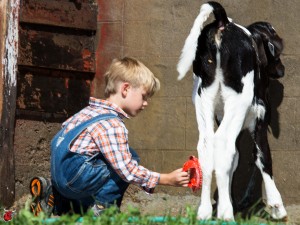
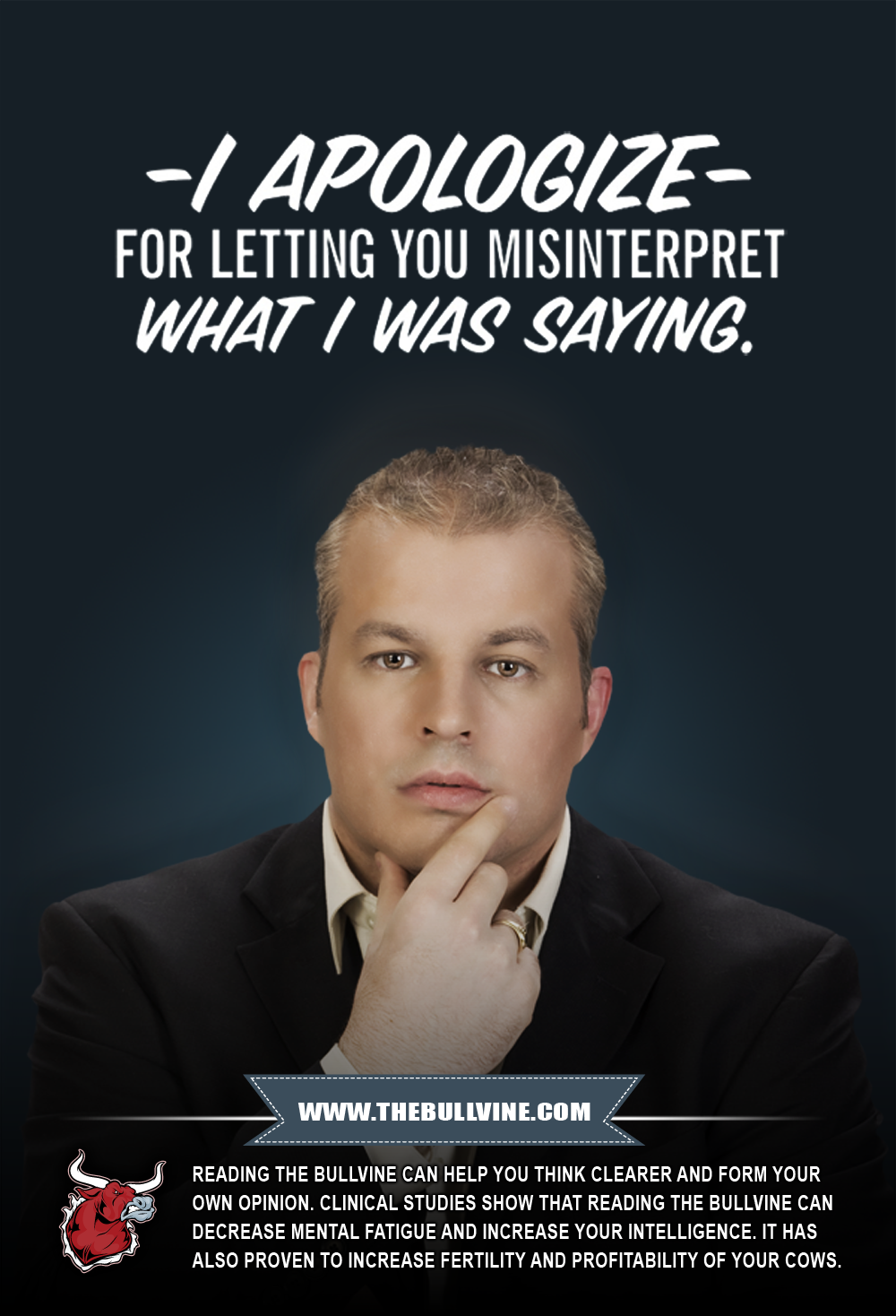 Not to Be Confused with Indifference
Not to Be Confused with Indifference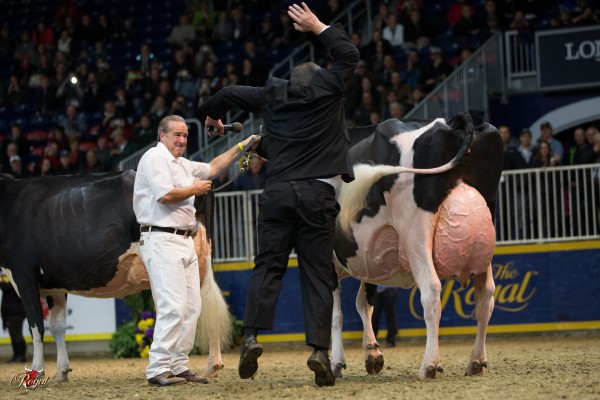
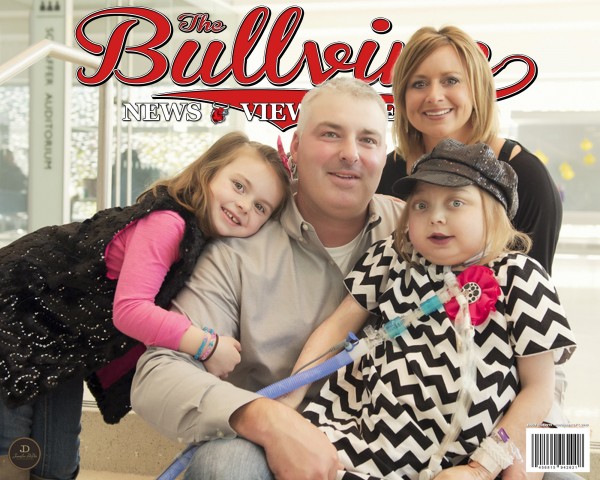
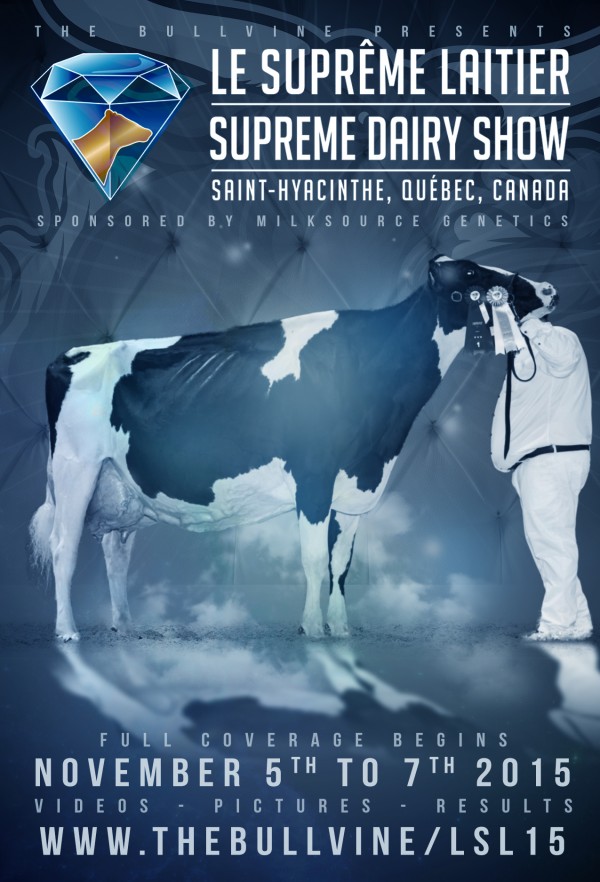
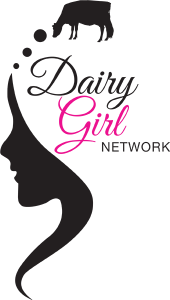
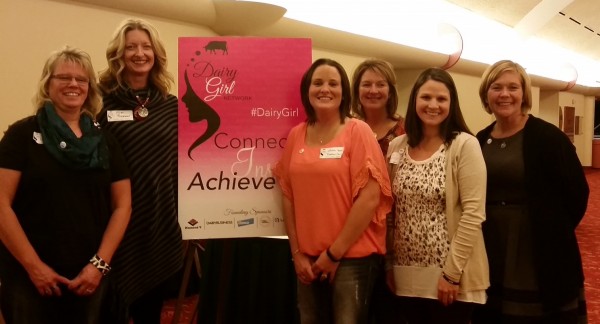
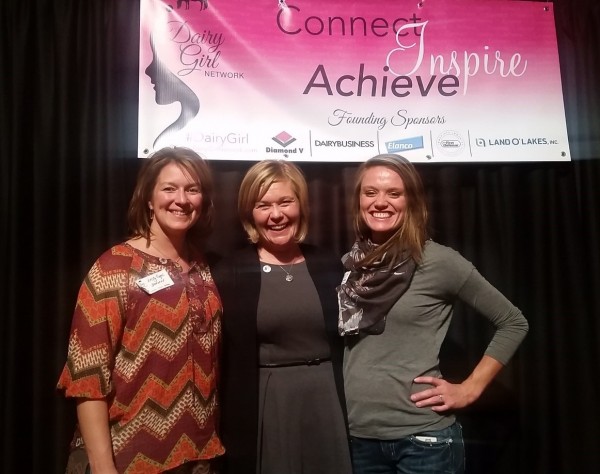
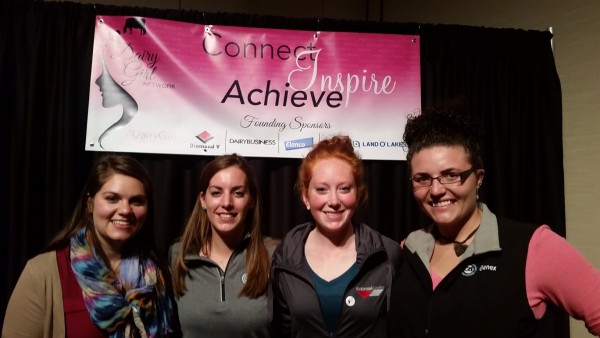
![11800360_10155768384565018_2878499872114877138_n[1]](https://www.thebullvine.com/wp-content/uploads/2015/09/11800360_10155768384565018_2878499872114877138_n1-600x400.jpg)
 To get an understanding of why I feel that I have failed my father and grandfather, you first need to understand why there is Huntsdale Farms exists in the first place. You see my grandfather was not a livestock farmer. His passion was never the cows. It was the passion of his young son who loved visiting his grandfather’s mixed breed herd that led my grandfather to purchase his in-law’s farm and start a new career as a dairy farmer. My father would visit his grandparent’s dairy farm so often s that he ended up spending more time there than he did on their own market garden operation. Upon moving to the farm, they transitioned to Holsteins and Huntsdale Holstein was started. While in University, and later when dad graduated, it was always dad who had the passion for the dairy cows and my grandfather for the crops. At university his Masters thesis was entitled, “A.I. Breeding Schemes”. It included “The Dollar Difference Guide”, which was the precursor to the Canadian LPI system. Dad’s Masters was implemented by Canadian A.I. organizations that went from sampling less than 50 bulls per year to over 400.
To get an understanding of why I feel that I have failed my father and grandfather, you first need to understand why there is Huntsdale Farms exists in the first place. You see my grandfather was not a livestock farmer. His passion was never the cows. It was the passion of his young son who loved visiting his grandfather’s mixed breed herd that led my grandfather to purchase his in-law’s farm and start a new career as a dairy farmer. My father would visit his grandparent’s dairy farm so often s that he ended up spending more time there than he did on their own market garden operation. Upon moving to the farm, they transitioned to Holsteins and Huntsdale Holstein was started. While in University, and later when dad graduated, it was always dad who had the passion for the dairy cows and my grandfather for the crops. At university his Masters thesis was entitled, “A.I. Breeding Schemes”. It included “The Dollar Difference Guide”, which was the precursor to the Canadian LPI system. Dad’s Masters was implemented by Canadian A.I. organizations that went from sampling less than 50 bulls per year to over 400.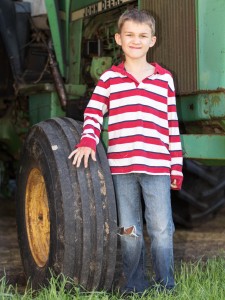 My brother, who was about to start university, had big plans for building on the base that was provided by Huntsdale. He started with 10+ animals that were purchased during the sale. But once again plans changed. Upon graduating from University, Paul was offered the incredible opportunity to work with Dr. David Chalack and Doug Blair at Alta Genetics. An opportunity he could not refuse. Twenty years later, Paul is still with Alta Genetics serving as their Chief Operating Officer with key focus on projects in Russia and the Peak female program, very similar to the work that was my father’s Masters work. He certainly continues Murray’s Dairy Industry Legacy. My sister and I like to call him Murray and Karen’s “Golden Boy” who can walk on water. Perhaps that frozen water will melt someday….
My brother, who was about to start university, had big plans for building on the base that was provided by Huntsdale. He started with 10+ animals that were purchased during the sale. But once again plans changed. Upon graduating from University, Paul was offered the incredible opportunity to work with Dr. David Chalack and Doug Blair at Alta Genetics. An opportunity he could not refuse. Twenty years later, Paul is still with Alta Genetics serving as their Chief Operating Officer with key focus on projects in Russia and the Peak female program, very similar to the work that was my father’s Masters work. He certainly continues Murray’s Dairy Industry Legacy. My sister and I like to call him Murray and Karen’s “Golden Boy” who can walk on water. Perhaps that frozen water will melt someday….